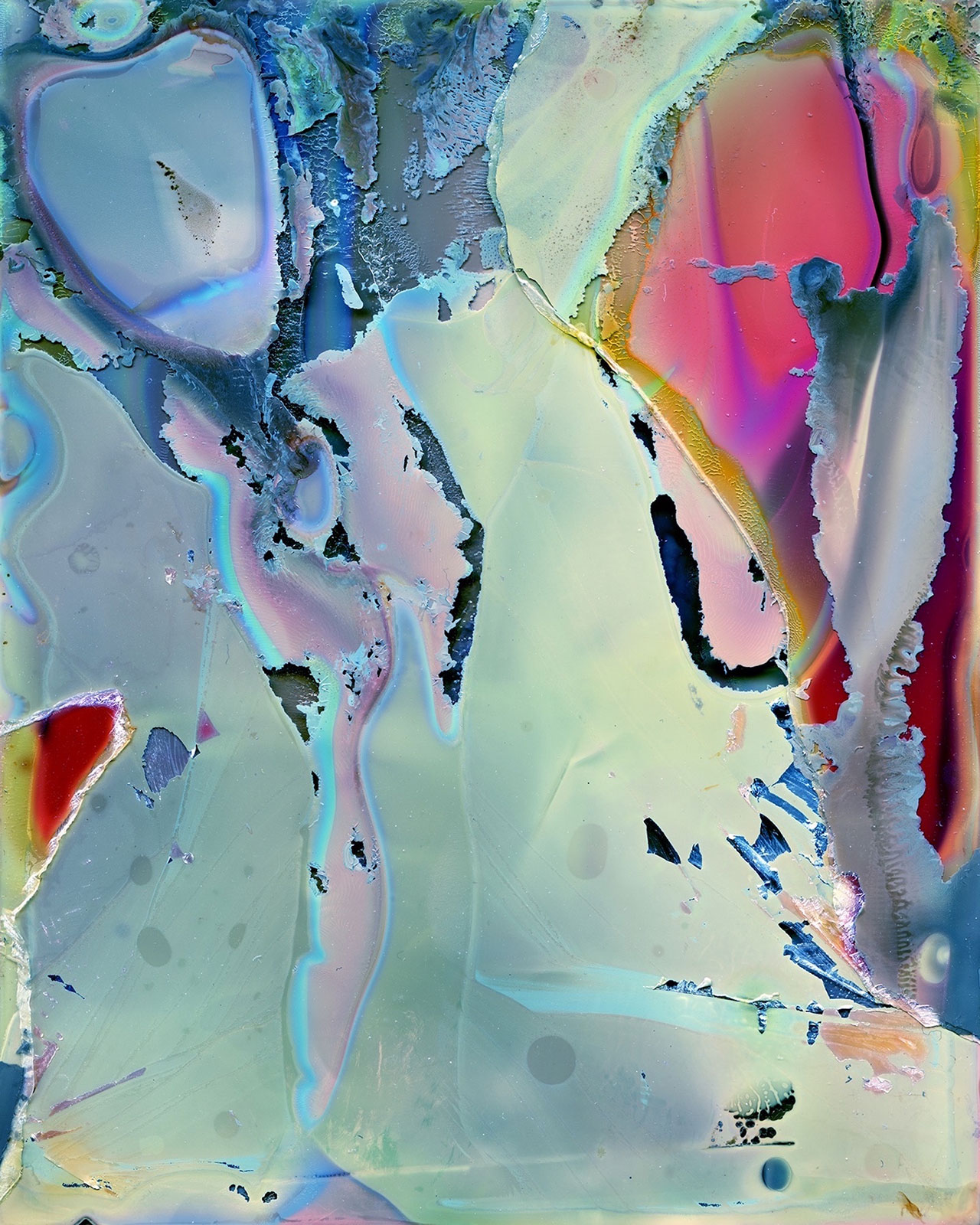
Daisuke Yokota, from the Colour Photograph series (2015). Photo courtesy East Wing Dubai and G/P Gallery Japan.
Art Dubai
Taking place in the majestic Madinat Jumeirah resort, Art Dubai celebrated its tenth anniversary this year with its most diverse and international programming to date. With its two halls for contemporary art and a separate section for 20th-century Middle Eastern and African art, the fair was host to 94 galleries from 40 countries, showing the work of no less than 500 artists representing 70 nationalities. Art Dubai has the highest percentage of MENASA-based artists of all international art fairs, making it the ideal destination to pick up on the pulse of current artistic production from the region.
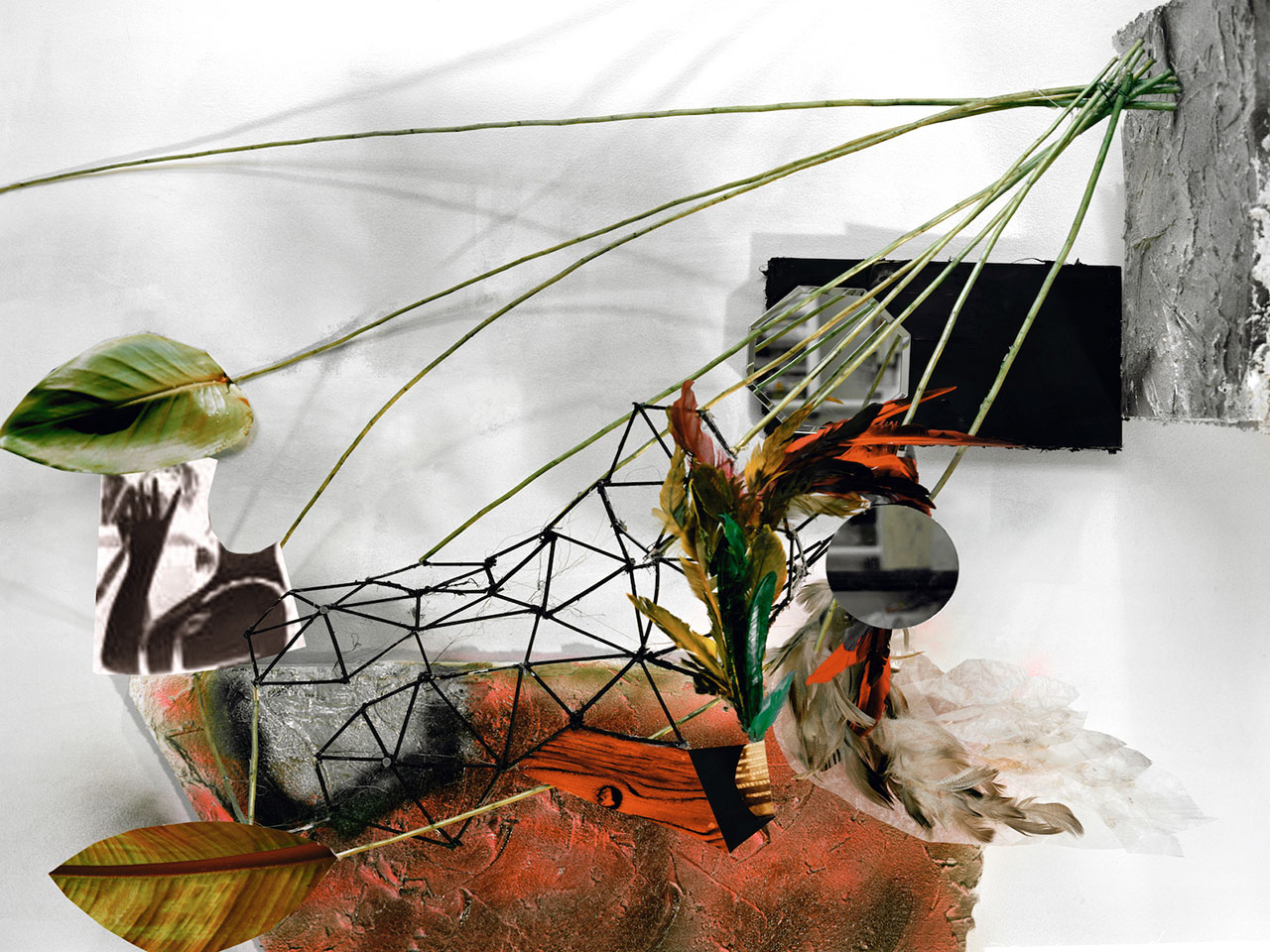
Yamini Nayar, "Circumstance", 2010. Photo © the artist. Courtesy East Wing gallery.
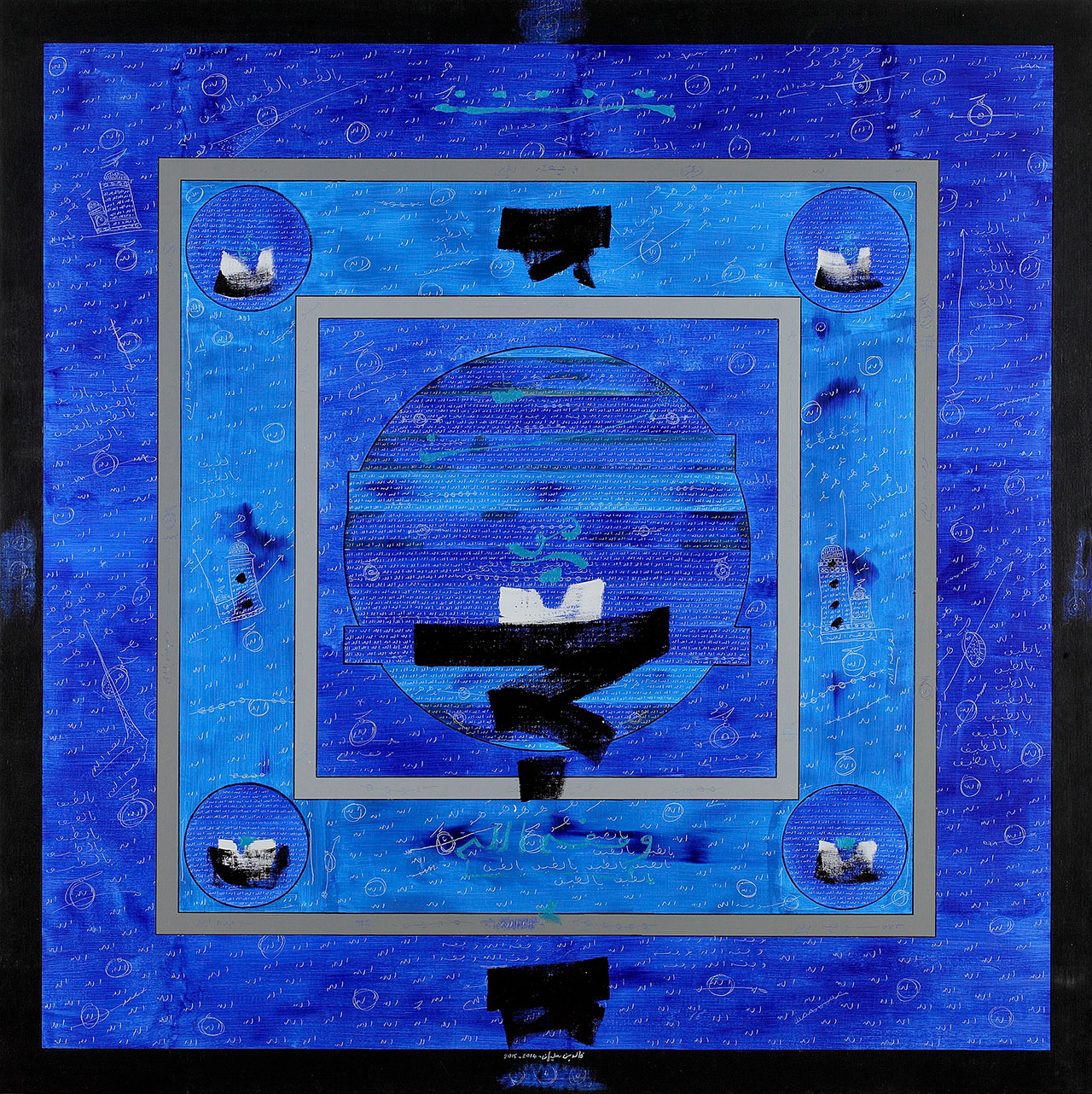
Khaled Ben Slimane, Howa, 2014-15. Photo courtesy Elmarsa Gallery.
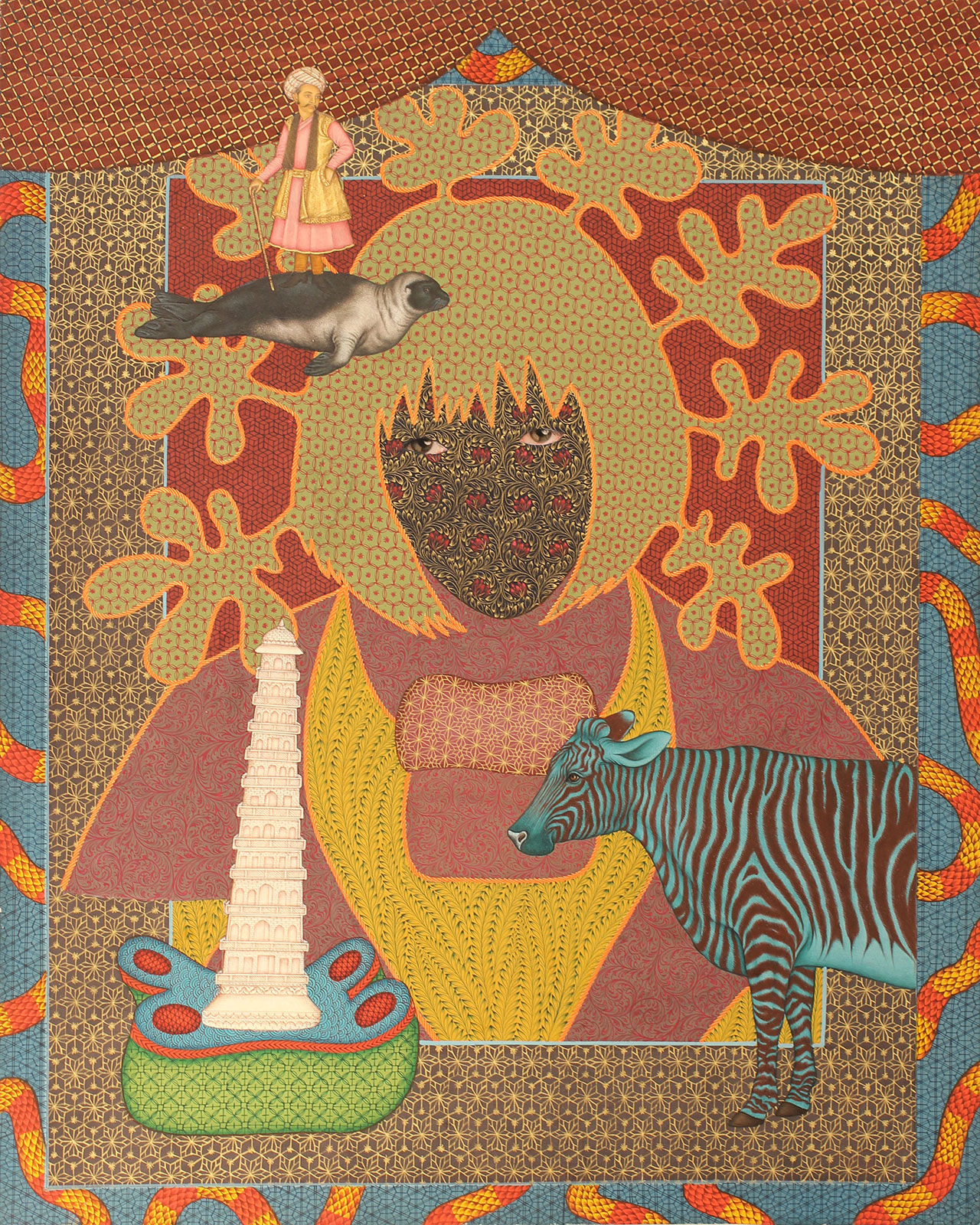
Alexander Gorlizki: I Haven't Got a Stitch to Wear (2013). Courtesy Jhaveri Gallery.
In the contemporary halls, a mix of mid-career and emerging artists was on show, with the occasional sighting of art behemoths like Yayoi Kusama, Anish Kapoor, Jannis Kounellis and Bill Viola. The mixed-media works on paper by Elena Alonso at the Espacio Valverde booth from Spain stood out for their balanced scale and pleasing abstraction; meanwhile, the sculptural installation “Shhhhhhh... Shout!” (2016) by Nadim Karam at the Ayyam Gallery booth played with the viewer’s perception of sound and space, and used its contrasts of colour and form to raise questions about political issues in the Middle East today. Yay Gallery from Azerbaijan presented the work of Orkhan Huseynov, who creates images inspired by pop culture using meticulously cut plexiglass, while Silverlens Gallery presented the work of Maria Taniguchi, an artist who creates total-black canvases by drawing black bricks one next to the other —a process she used for years and which has generated no less than 70 paintings so far. The Contemporary section also comprised the annual Marker booth, this year dedicated to art from the Philippines; curated by Ringo Bunoan, the booth featured art by young Filipino artists, art books and prints, as well as a reconstruction of an installation piece with mirrors by seminal conceptual artist Roberto Chabet (1937-2013).
Next to the contemporary halls, a separate exhibition was dedicated to the young artists shortlisted for the 2016 Abraaj Group Art Prize, which included a specially commissioned new work by the recipients of the award, Basel Abbas & Ruanne Abou-Rahme (b.1983) from Lebanon. Other events initiated by Art Dubai included the annual Global Art Forum conference, and a programme of commissions, on-site interventions and residencies, while independent publications from the Arab world, such as the Beirut-based magazine The Outpost and the refreshingly inventive, Dubai-based publishing house The State also made their presence known at the fair.
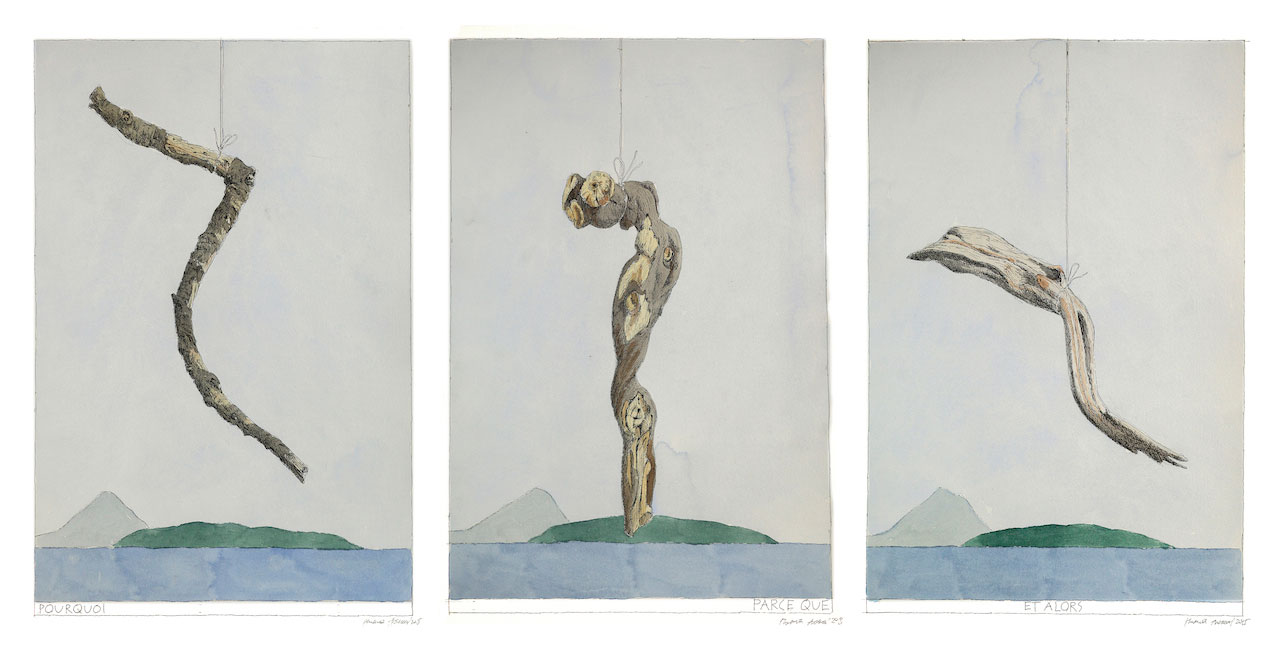
Nikita Alexeev. From the series Dessins dialectiques. 2015. Ink and watecolor on paper. Set of 3 drawings 50,5 x 30,5 cm each. Courtesy Galerie Iragui.
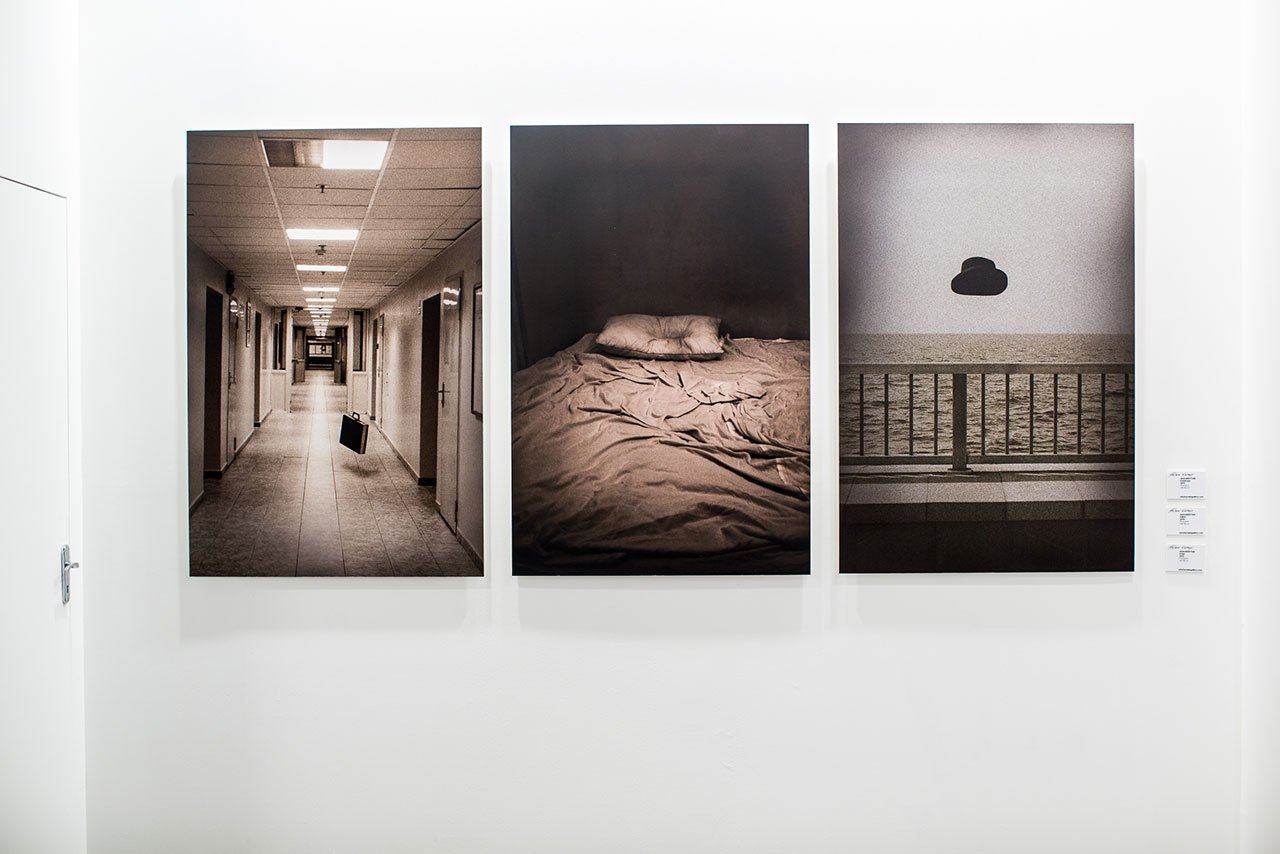
Installation shot of three works by Olga Croytor at the Artwin Gallery booth. Photo courtesy the gallery.

Ivan Navarro, Plunder (Dubai Towers - Doha), 2011. Neon , wood, paint , Plexiglas , mirror, two-way mirror and electricity, 249 x 103 x 18 cm. Photo courtesy Galerie Templon, Paris and Brussels.
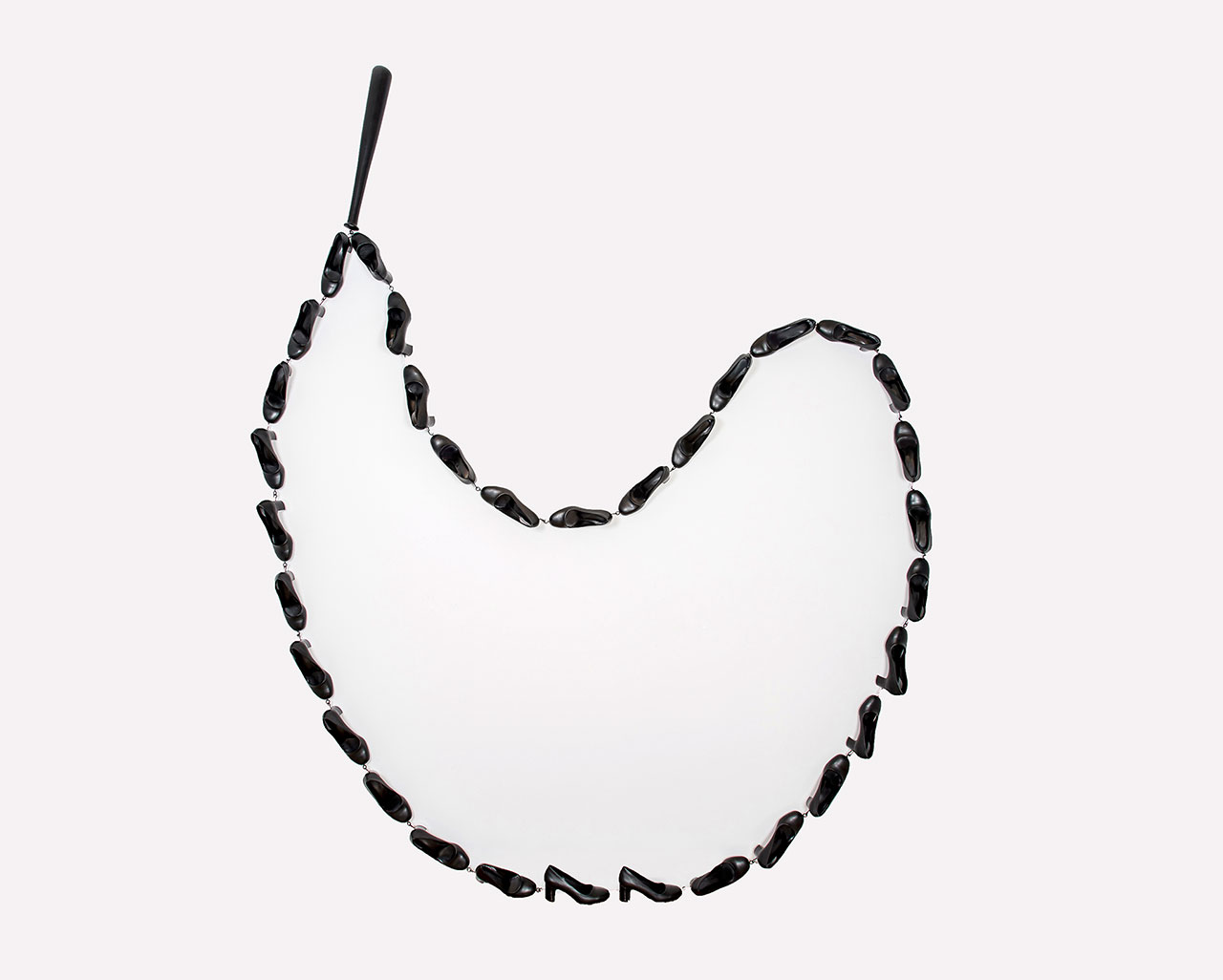
EXTRASTRUGGLE. Some Days Were Missing Last Year*, 2016. 33 leather shoes for female, 1 wooden stick. 350x150x12 cm. Photo courtesy Galeri Zilberman.
*The number of women exposed to violence and killed in Turkey (2015): 289. Source: www.anitsayac.com/?year=2015

Orkhan Huseynov, Kufic Pacman, 2016. Edition 1/3. Plexiglass, 94 x 108 cm. Photo courtesy YAY Gallery.
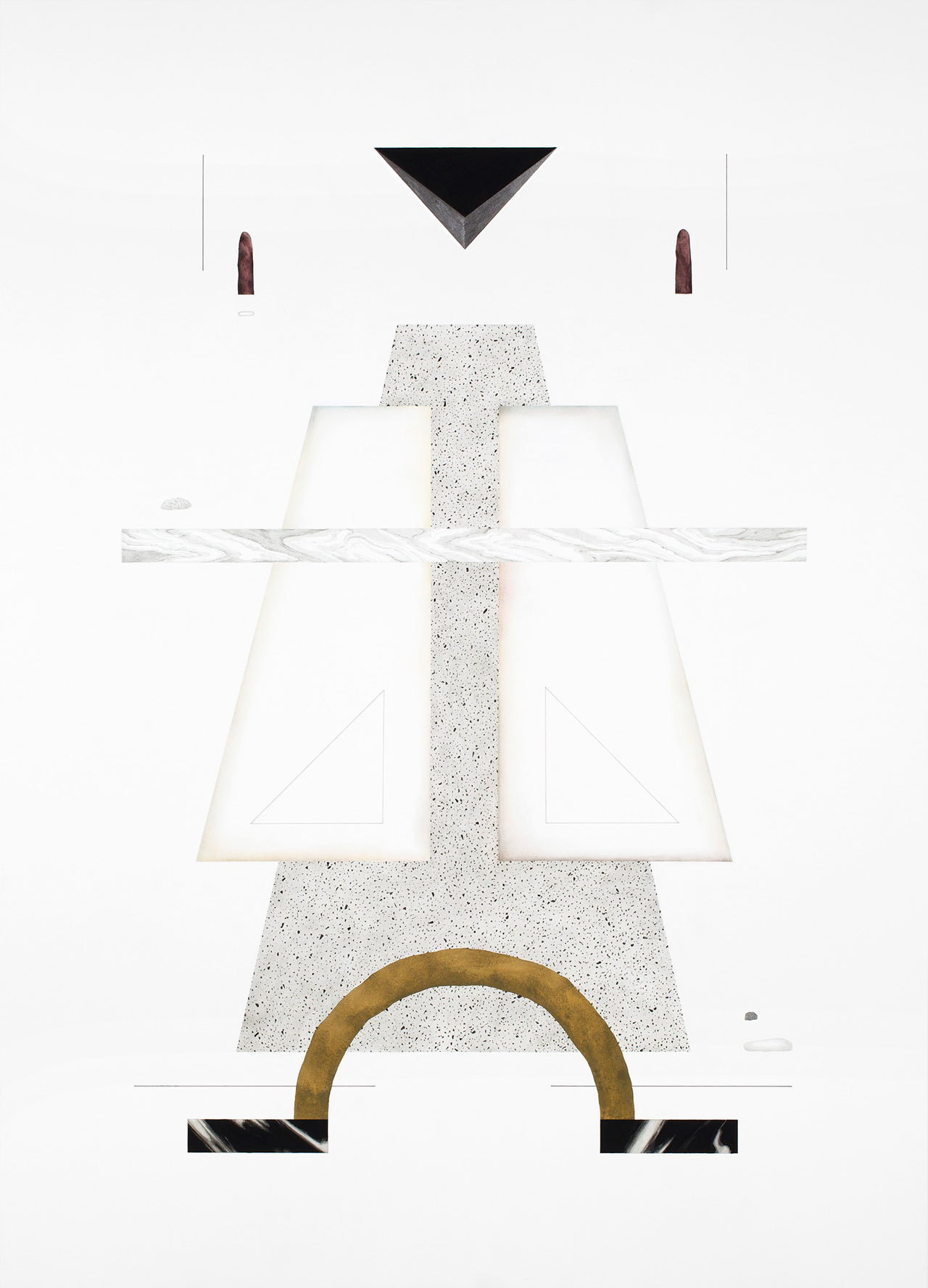
Elena Alonso, Column II. Mixed media on paper. 190 x 137 cm. 2015. Photo courtesy Espacio Valverde Gallery.
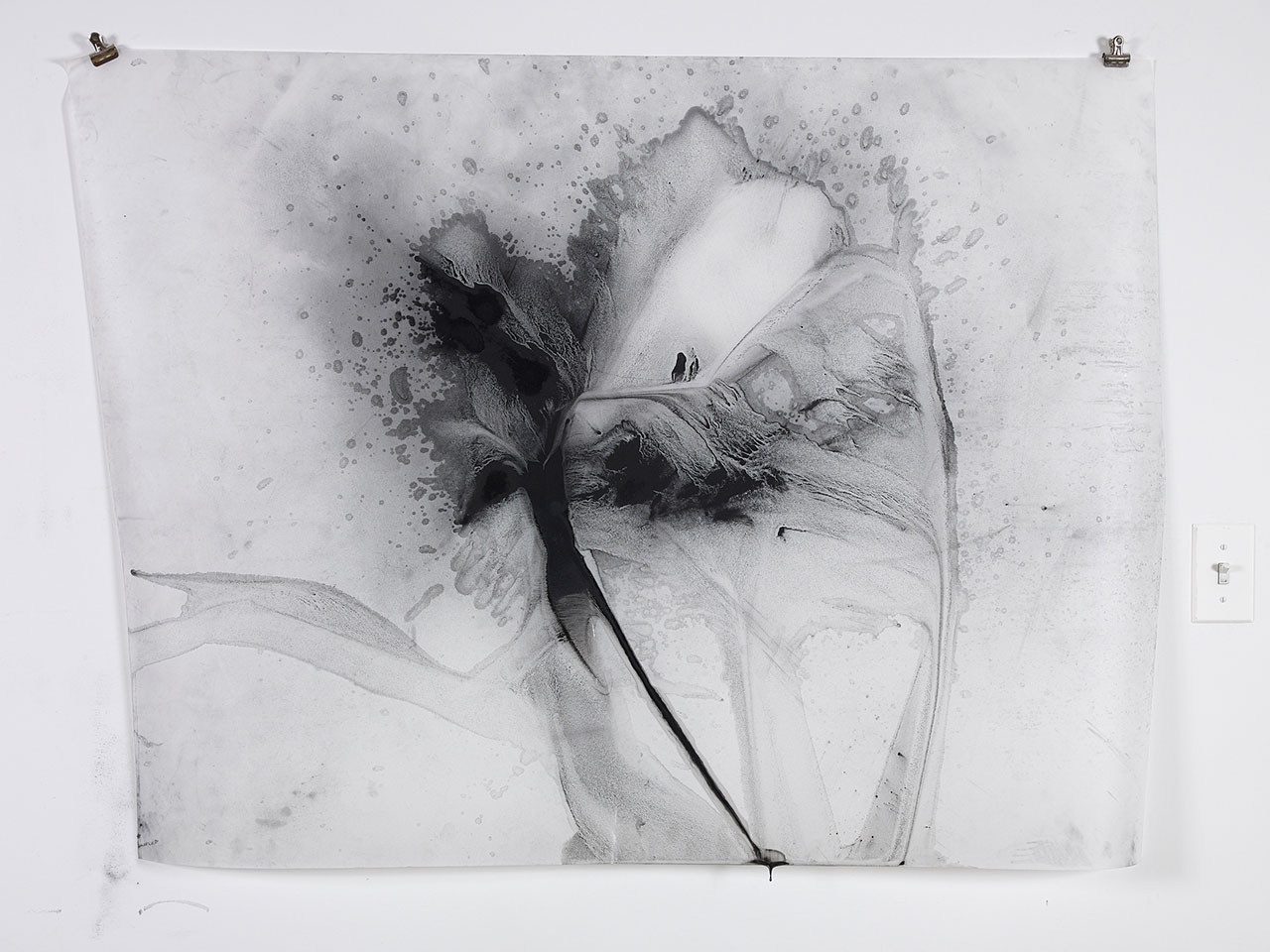
Julie Tremblay, The Nature of Nature 20. Photo courtesy Zidoun Bossuyt Gallery.

Moza Almatrooshi, Markings I, 2016. Installation view at the gardens of Madinat Jumeirah. Photo by Daniella Baptista, courtesy Art Dubai.
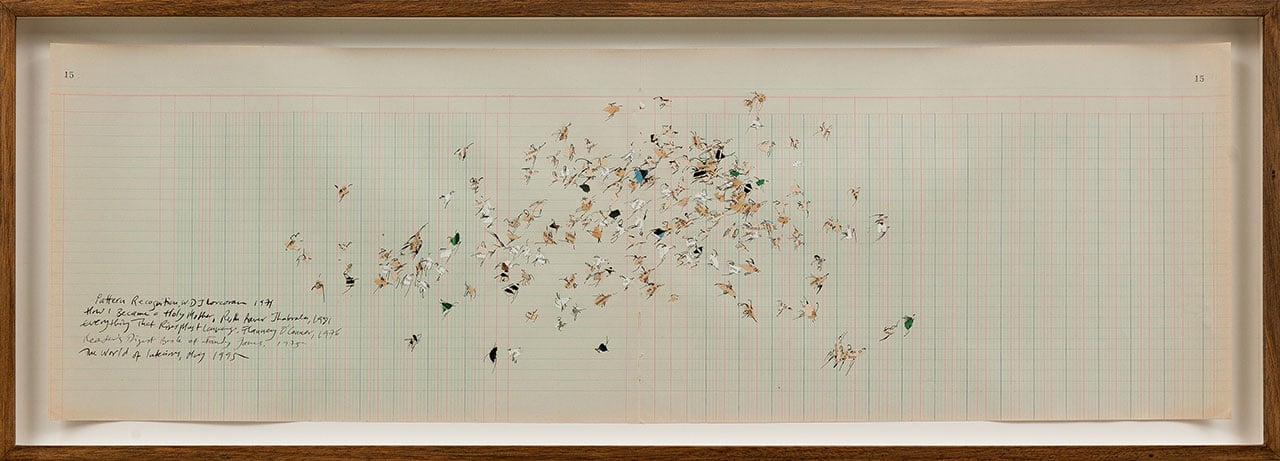
Simryn Gill, Untitled #15, 2013. Collage and ink on ledger paper, 31.7 x 85cm. Courtesy of the artist and Jhaveri Contemporary.
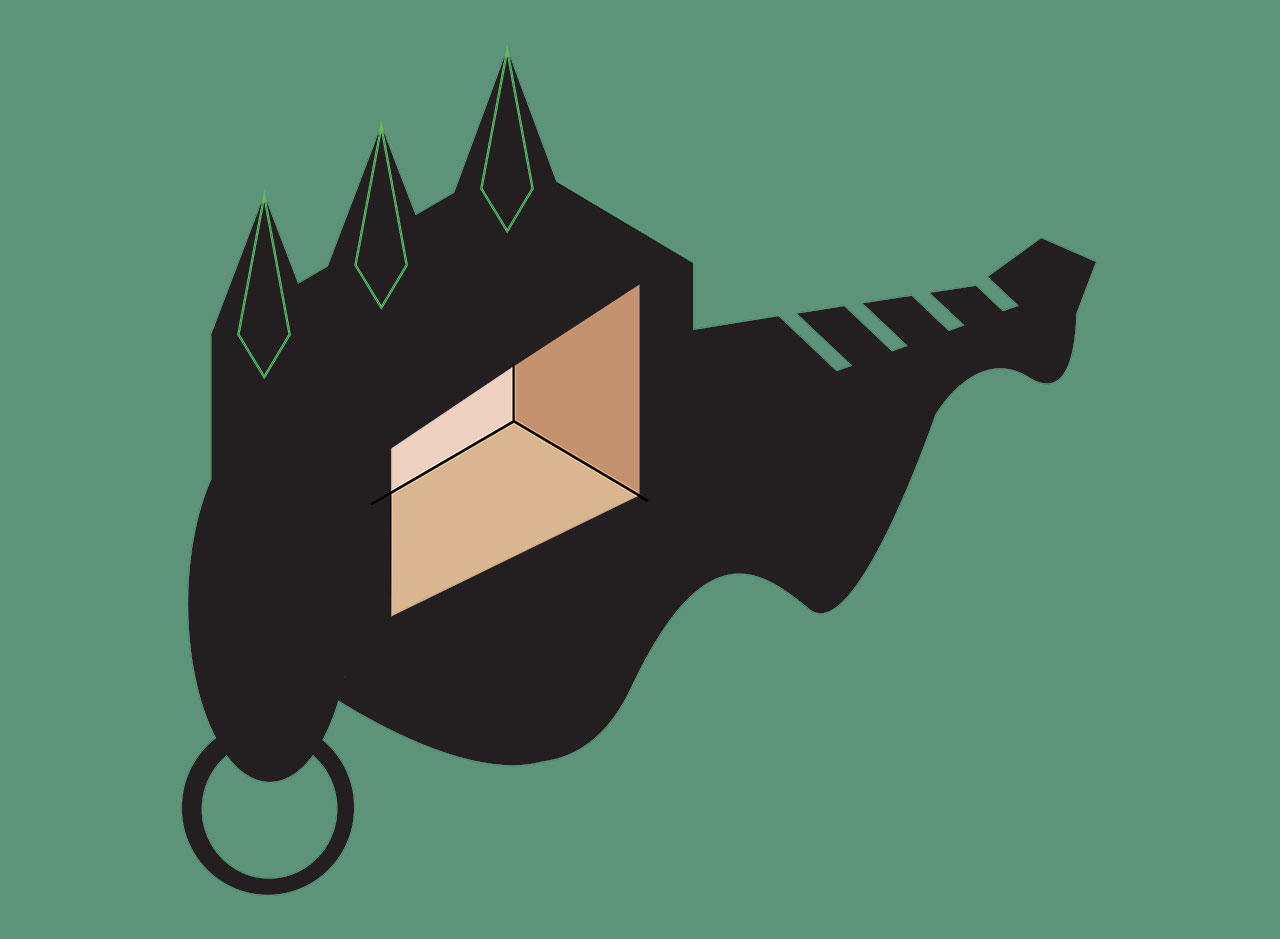
Mona Marzouk, Renovabitvr (Renewal) 1, 2016, Acrylic on canvas, 110 x 150 cm. Photo courtesy Gypsum Gallery.

Youssef Nabil, I Saved My Belly Dancer #XXIII, 2015. Installation view. Photo courtesy the artist and The Third Line gallery.

Kehinde Wiley, Portrait of Jose Alberto de la Cruz Diaz, 2016, 183 x 153 cm. Photo courtesy Galerie Templon, Paris and Brussels.
Design Days Dubai
For its fifth and most successful edition to date, Design Days Dubai returned to The Venue —the exhibition hall at the foot of Burj Khalifa and right next to the building site of Dubai’s upcoming opera house— with an impeccably curated selection of design booths, workshops, talks, a retrospective of local contemporary design and other events. Affirming its position as a leading design fair in the Middle East and South Asia, Design Days Dubai attracted a record number of local and international exhibitors, who presented collectible and limited-edition design items by 185 designers representing 37 countries. The fair’s most inspiring aspect however, was the many ways local designers revisit traditional techniques, styles and materials unique to the region, to create new products of the highest standards of beauty and quality. For example, Lebanese-American jeweller Zuleika Penniman used thin slabs of reclaimed coral (a material traditionally used in the UAE for building homes) and gold to create a room divider that combines the elegance of her jewel-making with the practicality of a functional design object (her work was part of Tanween, a programme that supports local designers, led by cultural organisation Tashkeel).
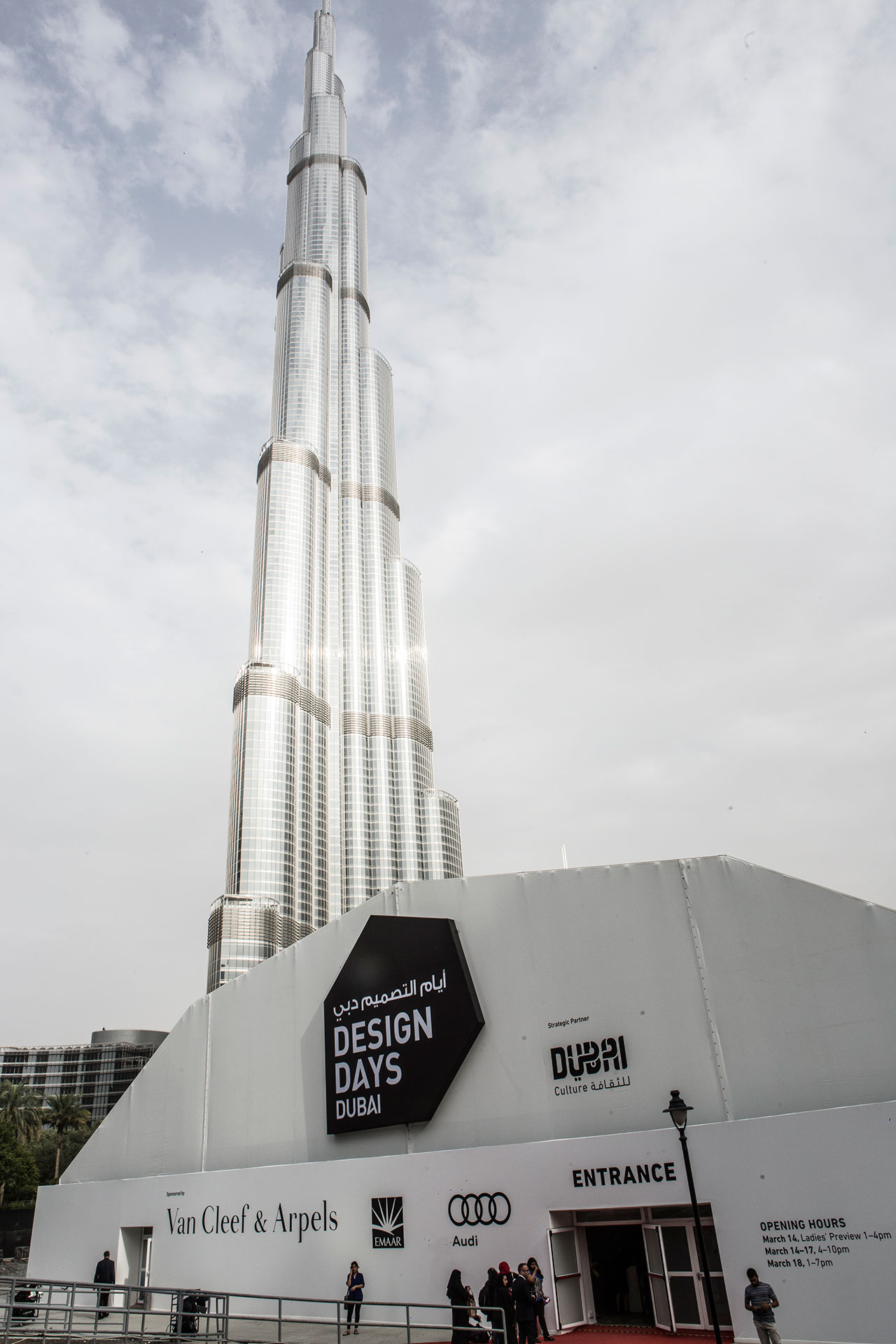
The exterior of The Venue and Burj Khalifa in downtown Dubai. Photo courtesy Design Days Dubai.

Double Square stool by Aljoud Lootah. Photo courtesy Design Days Dubai and the designer.

Chandelier Fluide by Ingrid Michel and Frederic Pain. Photo courtesy Design Days Dubai and Binome Gallery.
Elsewhere, Karachi-based design studio Coalesce presented an assortment of their Latoo rotating stools in an installation setup created especially for Design Days, whereby each stool was inspired by the shape and materials of traditional spinning tops —needless to say, the Coalesce booth proved to be the set for countless design bloggers’ Instagram videos of them spinning around themselves. A couple of booths down the aisle, Amman-based designers and sisters Nisreen and Nermeen Abu-Dail (a.k.a. Naqsh Collective) presented a seven-meter-long mural, which revisits a particular technique of traditional Arabic embroidery: instead of threads, the two designers created a pixelated image of a fishing scene by inlaying tiny elements of brass into the surface of a monumental slab of white Corian.
Cutting-edge design from beyond the MENASA region was equally represented with exhibitors from Spain, Switzerland, the Netherlands, the UK, France, Brazil and beyond. A spacious exhibition booth was set up by high-jewellery house Van Cleef & Arpels, presenting, among others, the winner of the house’s Middle East Emergent Designer Prize: a blown-glass chandelier by architect Ranim Orouk inspired by the movements of jellyfish; also part of the booth was a workshop station offering visitors an opportunity to try their luck with the techniques and tools used by Van Cleef & Arpels’ expert craftsmen. This year’s Design Days also hosted the Middle Eastern debut of designer Marcel Wanders’ “Personal Editions” collection, which is an assortment of limited-edition objects that exist on the borderline between design and art.

Veronica Todisco, Deck Chair for Camp, 2015. Carrara marble, fabric, brassed metal. Photo courtesy Camp Design Gallery.
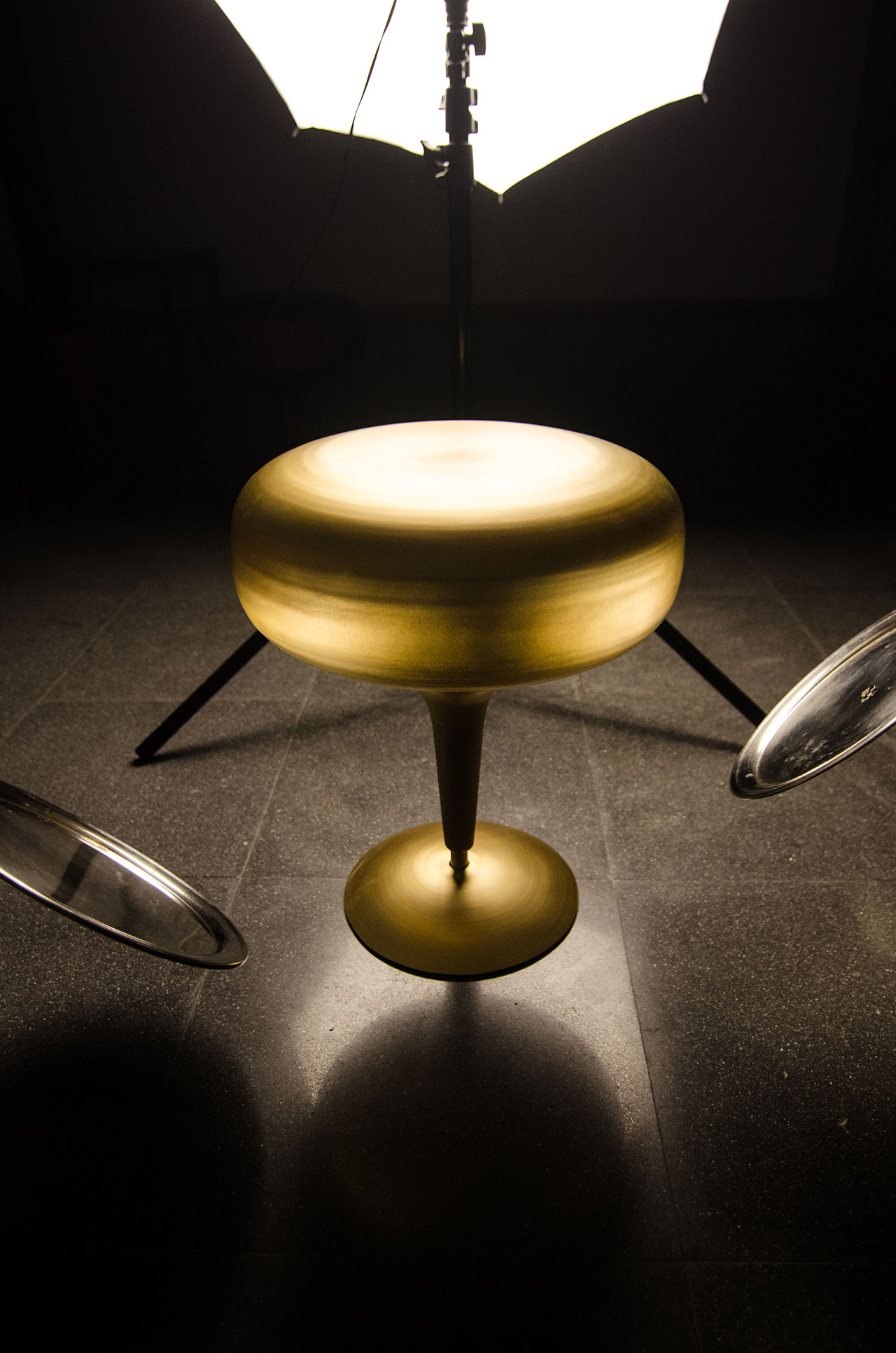
Lattoo stool by Coalesce Design Studio. Photo courtesy Design Days Dubai.

Coral I Room Divider by Zuleika Penniman, 2016. Reclaimed coral, gold, steel. 200 x 30 x 225 cm. Photo courtesy of the designer and Tashkeel.
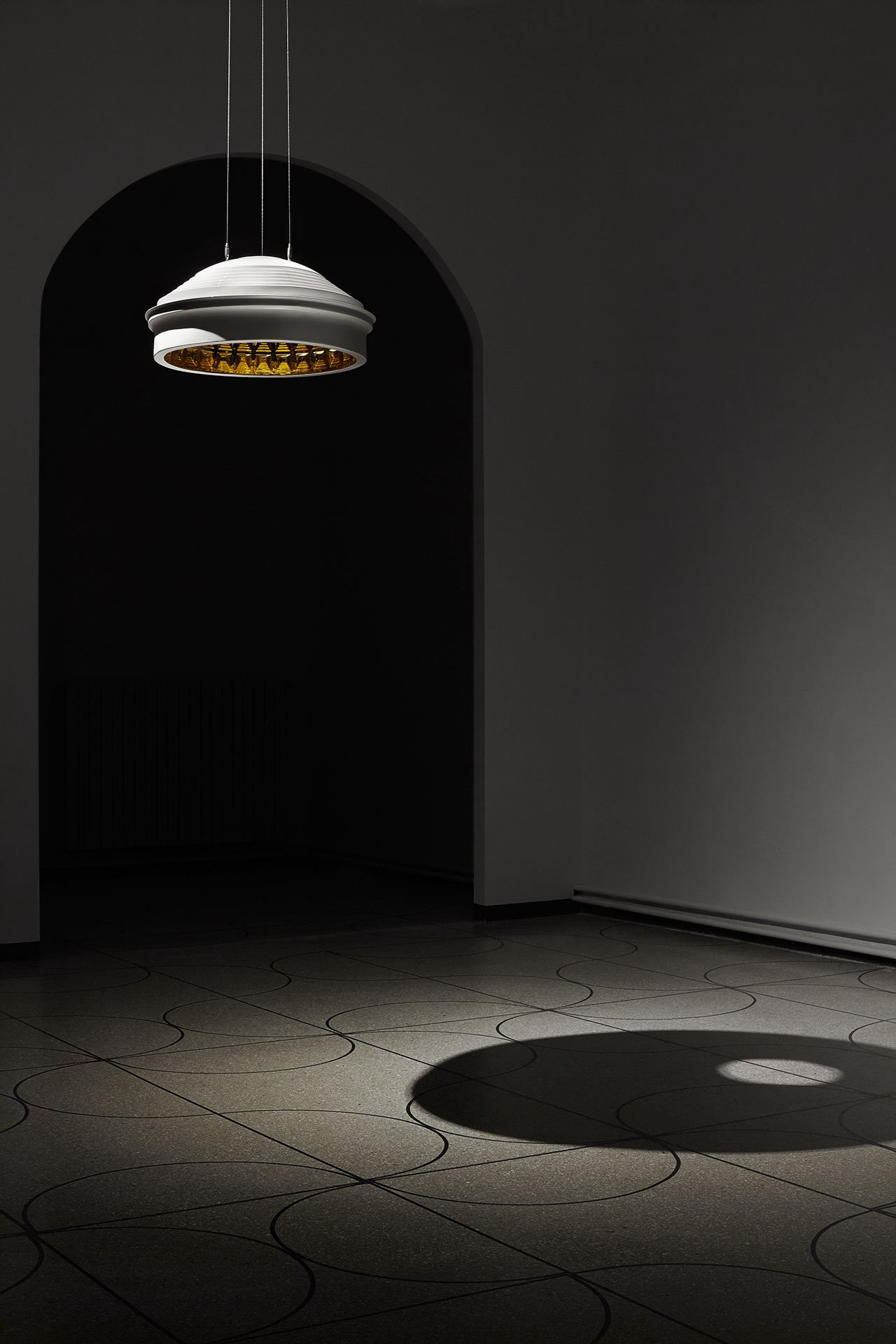
Pantheon / Pantheoff lamp by Analogia Project for Camp. White and gold- glazed ceramic on a metal structure. Photo courtesy Camp Design Gallery.

The Swaddle chair by Fadi Sarieddine Design Studio has a blanket cocoon attached to it. Photo courtesy Design Days Dubai.
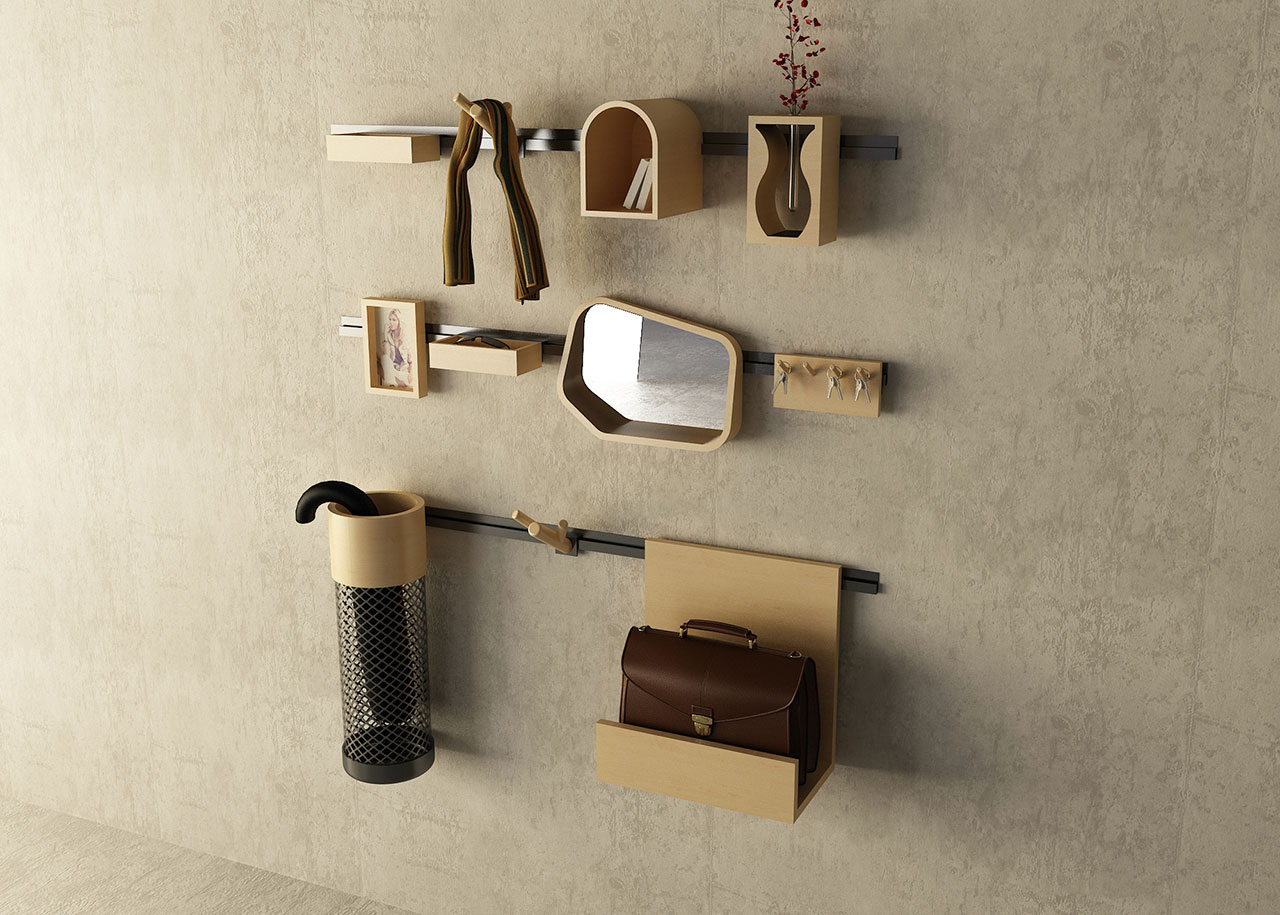
Modular shelving system by Fadi Sarieddine Design Studio. Photo courtesy the designers and Design Days Dubai.
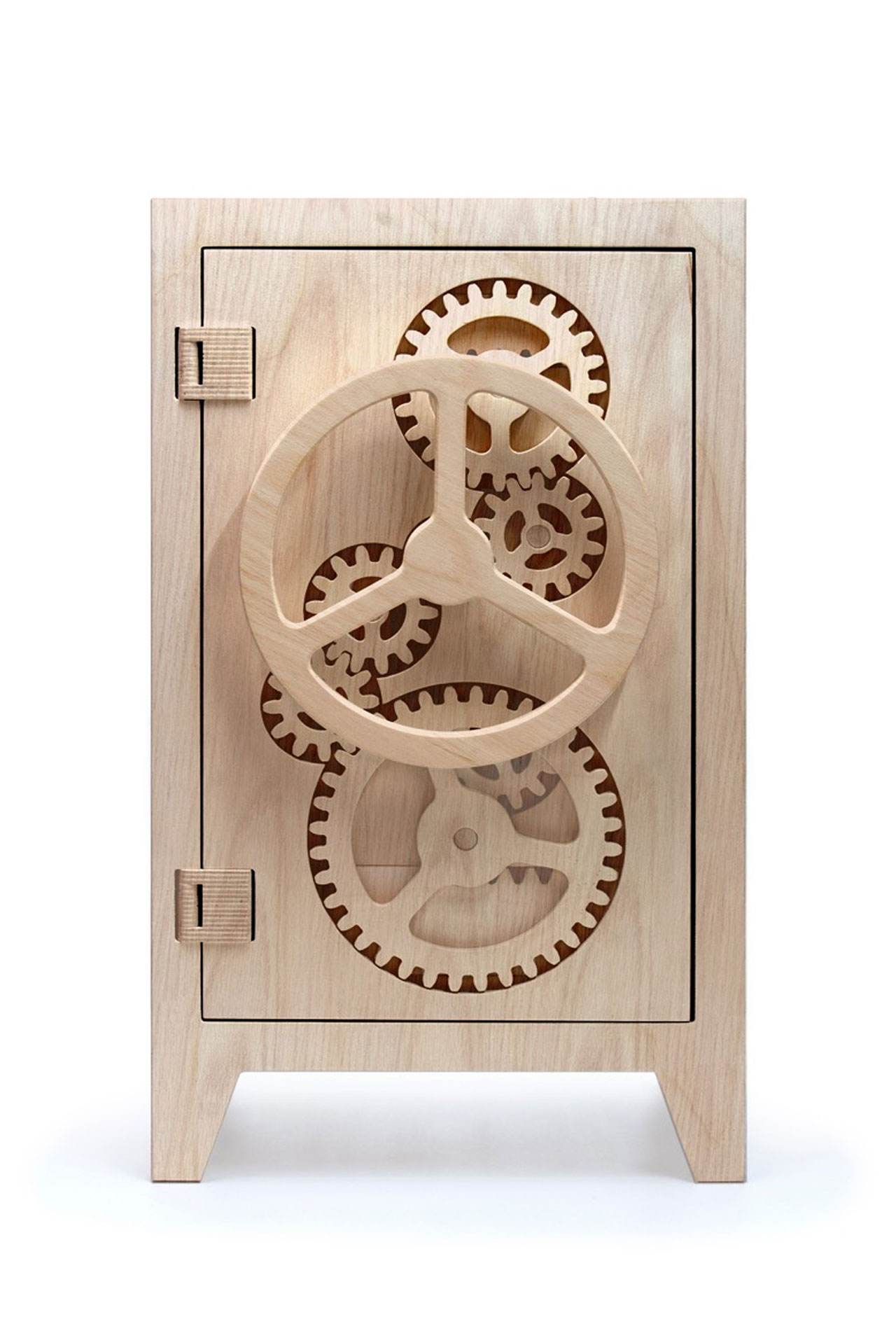
Mr Knox cupboard by Stephan Sieperman. The cog mechanism is fully functional and is all made of plywood. Photo courtesy Judy Straten Art-Design.
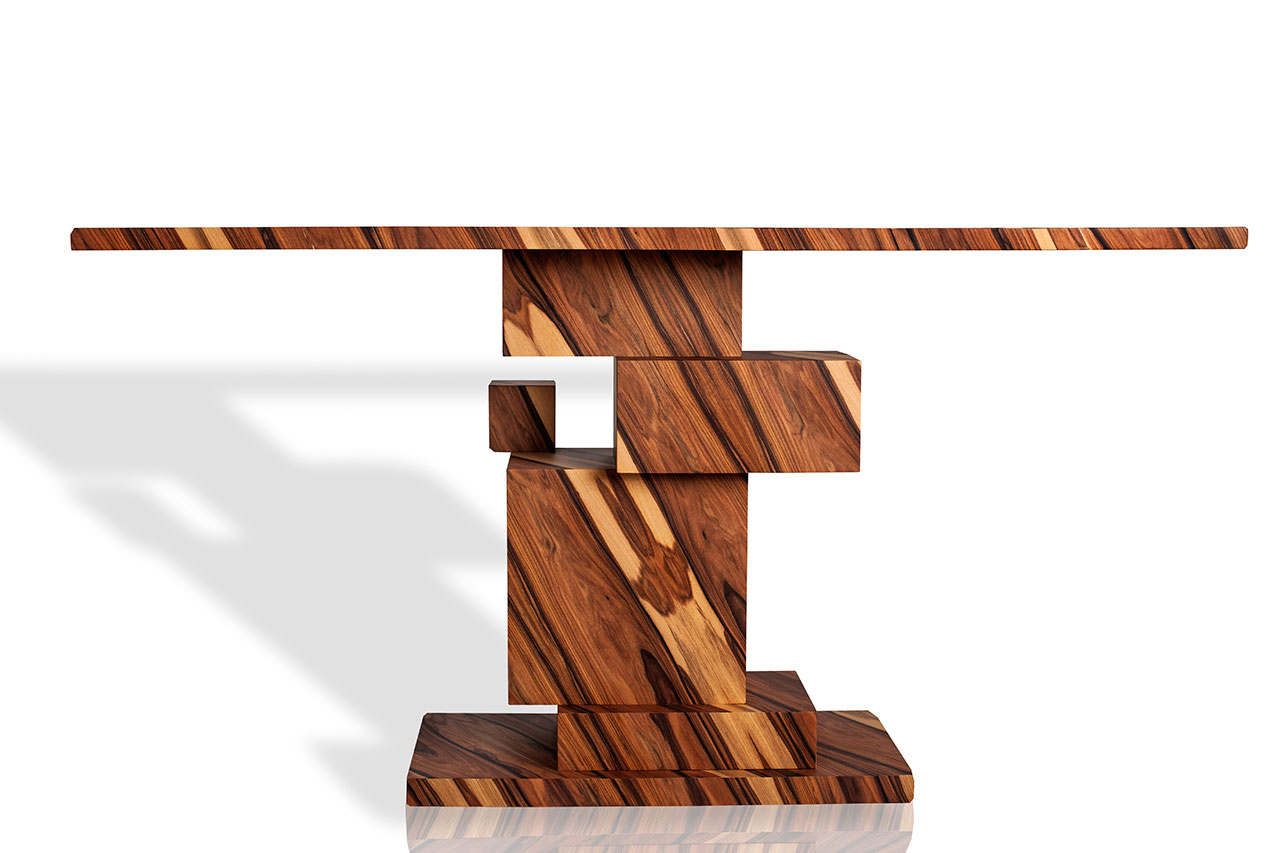
Alma Console by Amarist Studio, 2014, Photo by Saul Lozano.
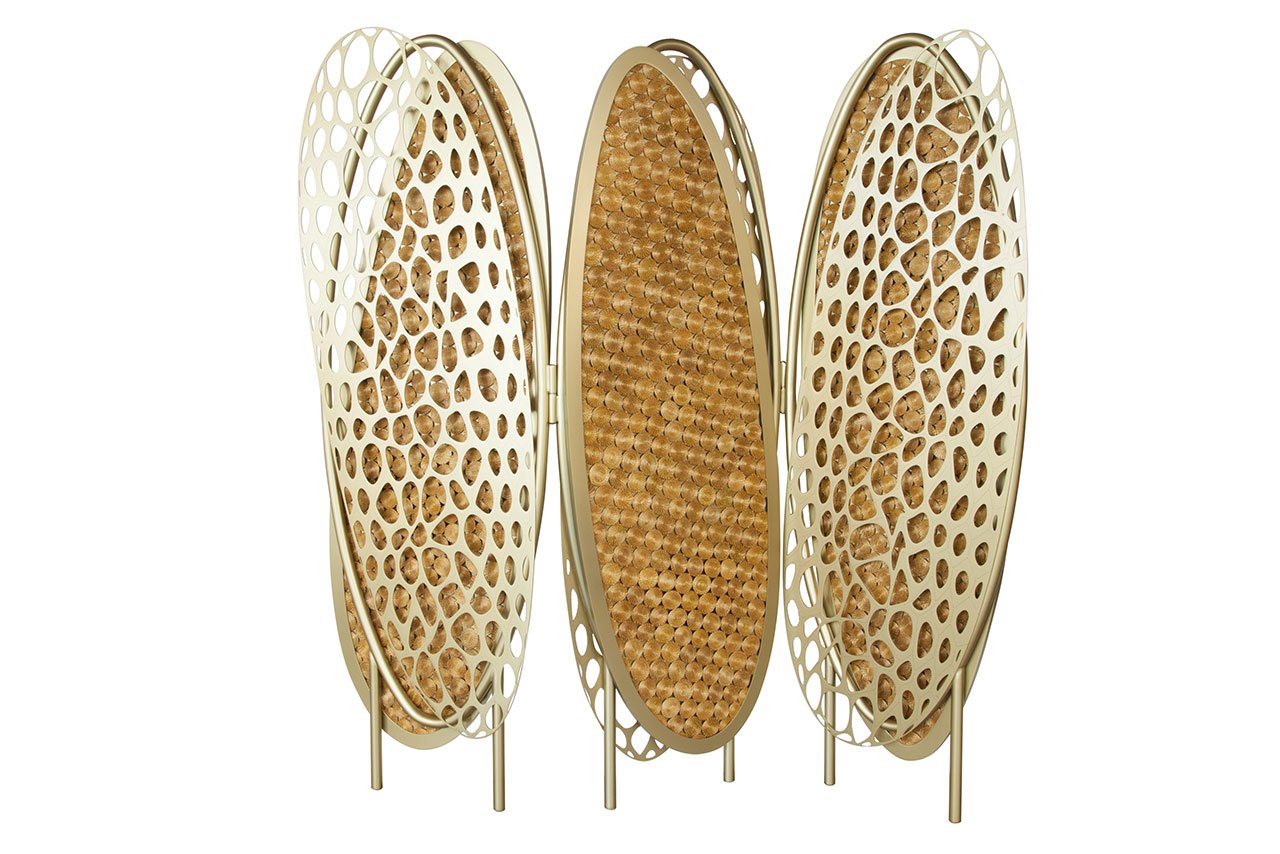
Golden Harvest room divider by Guto Requena. Photo courtesy Gallery Bensimon and Dubai Design Days.
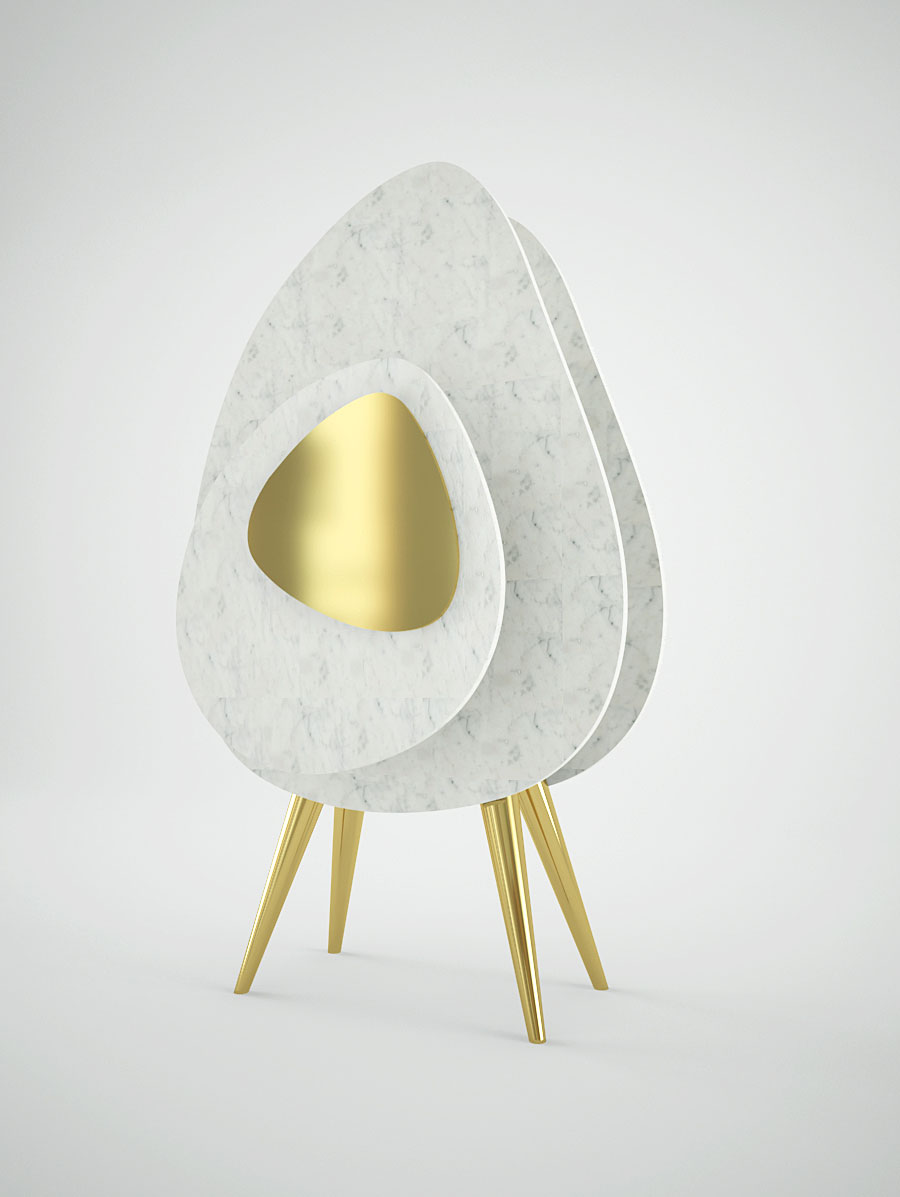
Loulwa Al Radwan, bookshelf in Carrara marble and brass from the PEACOCK collection. The design was inspired by the tail of the white peakock.

Juliette Bigley, Seven Bowls, Base metal and Sterling Silver, 900x1100x400, 2015. Photo by Odi Caspi, courtesy the designer.

Mentalla Said and Jumana Taha of Studio MUJU working with a master weaver for the creation of the custom fabric used in their Fattoum floor lamp and Moza chair. Photo courtesy Tashkeel and the designers.
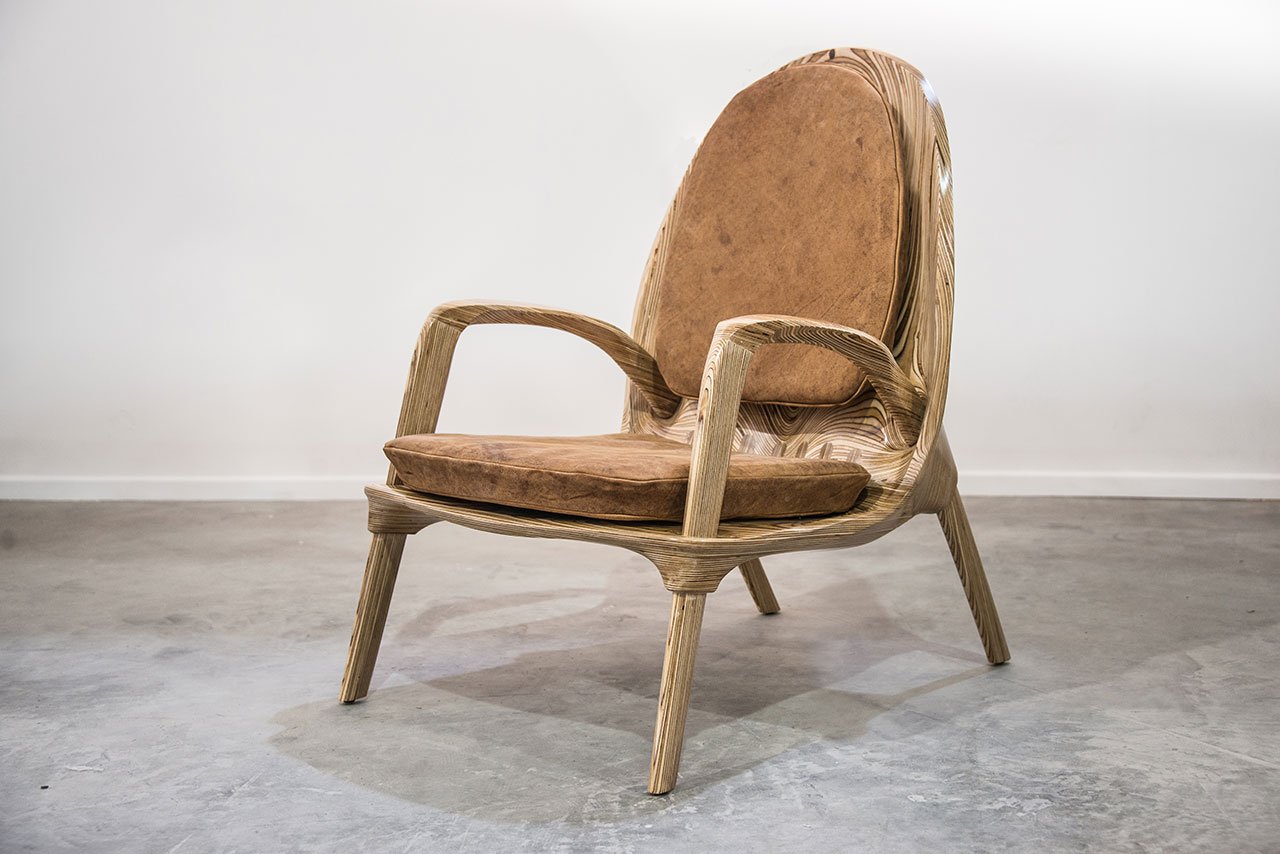
Stratus chair by Ammar Kalo. Materials: Baltic Birch Plywood, Untreated Camel Leather. Year: 2016.
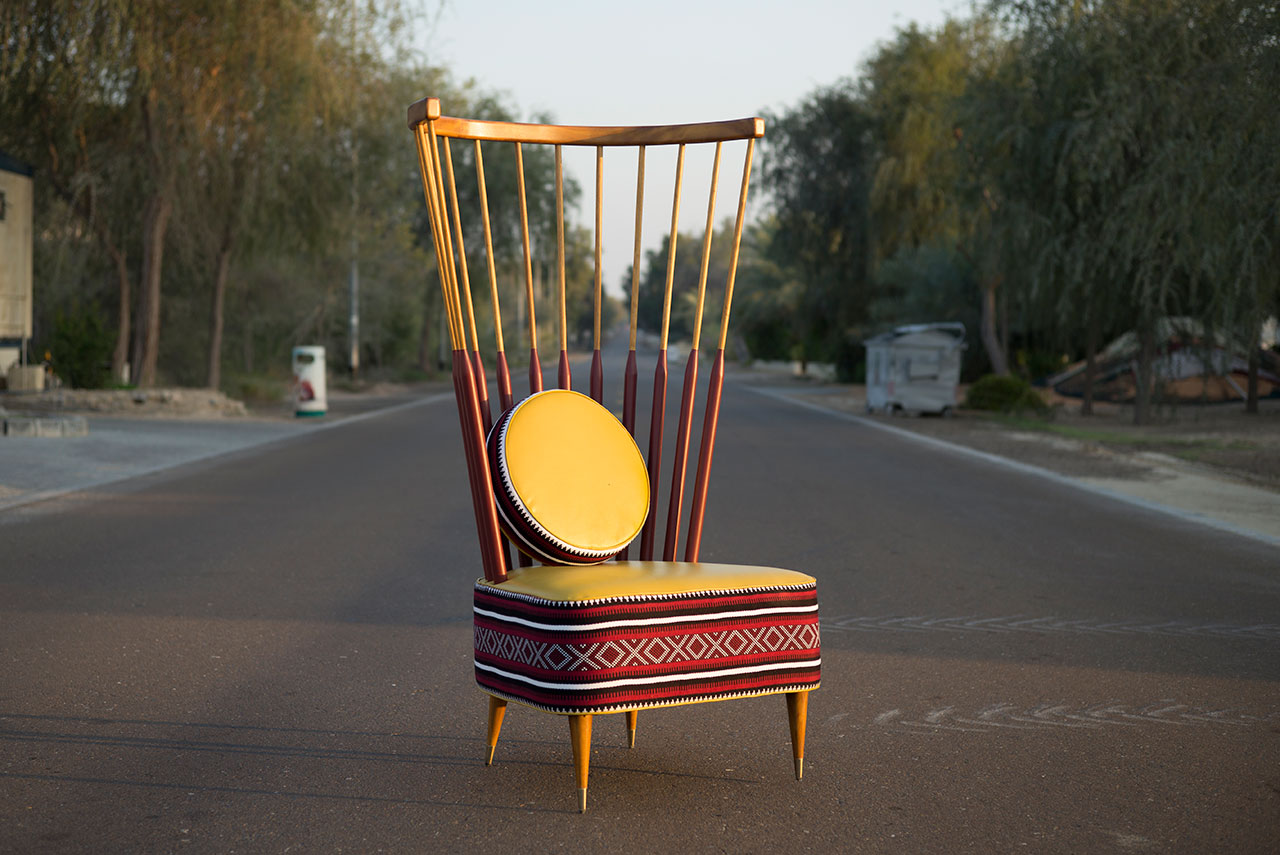
Moza chair by Studio MUJU. Photo courtesy Tashkeel and the designers.
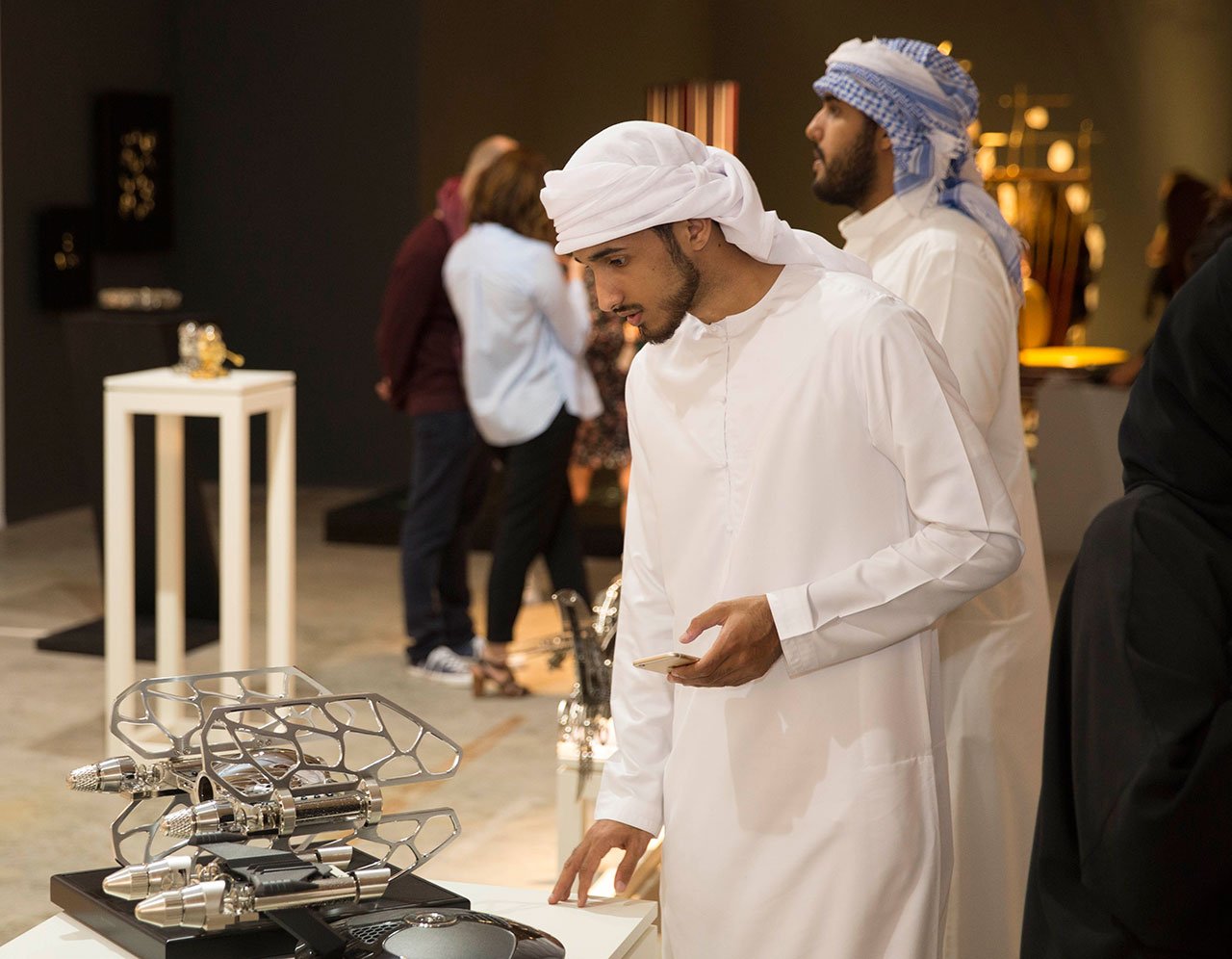
Visitors at the booth of MAD Gallery during Design Days Dubai. Photo courtesy Design Days Dubai.
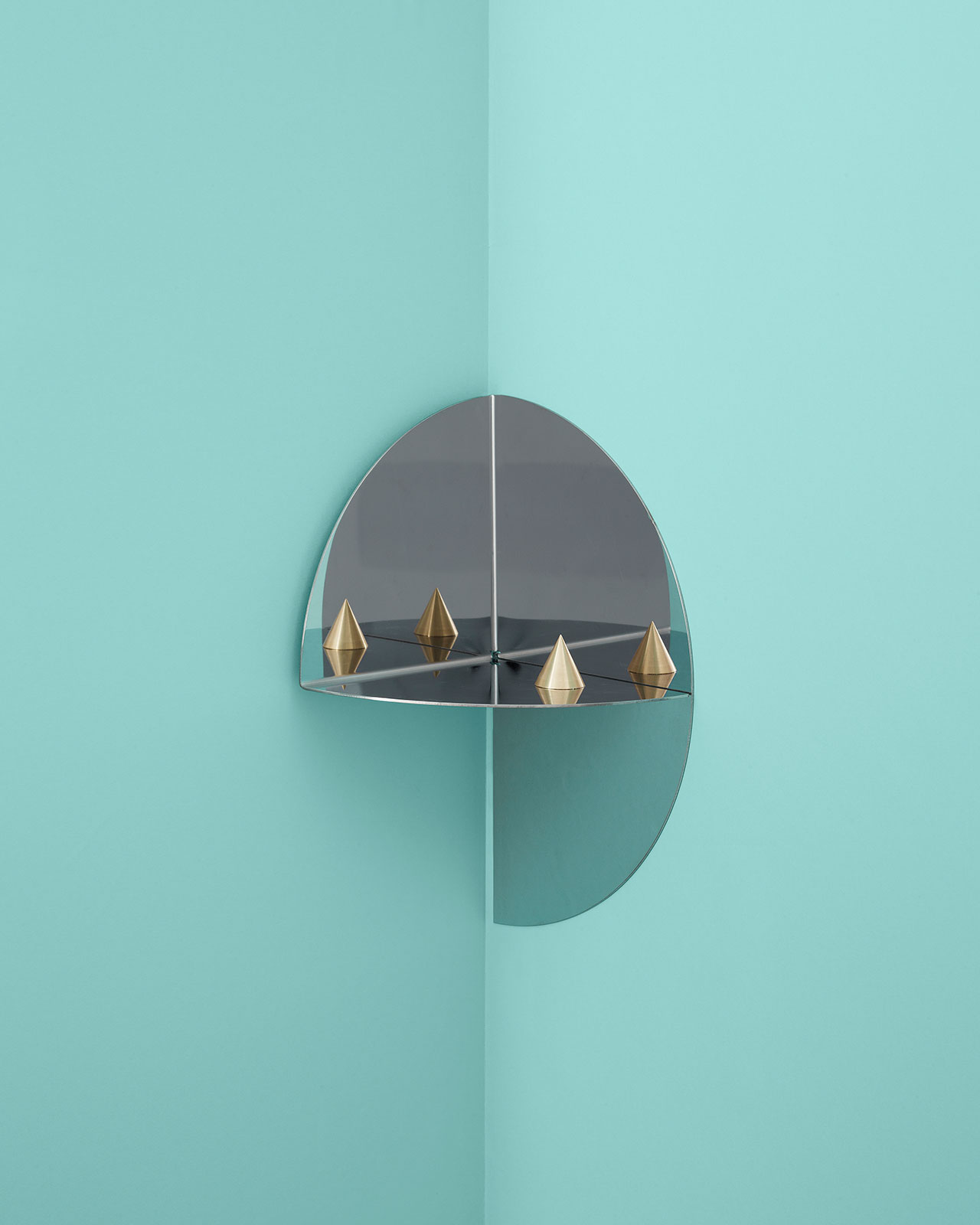
Pivot shelf by Lex Pott for HAY. Photo courtesy the designer.
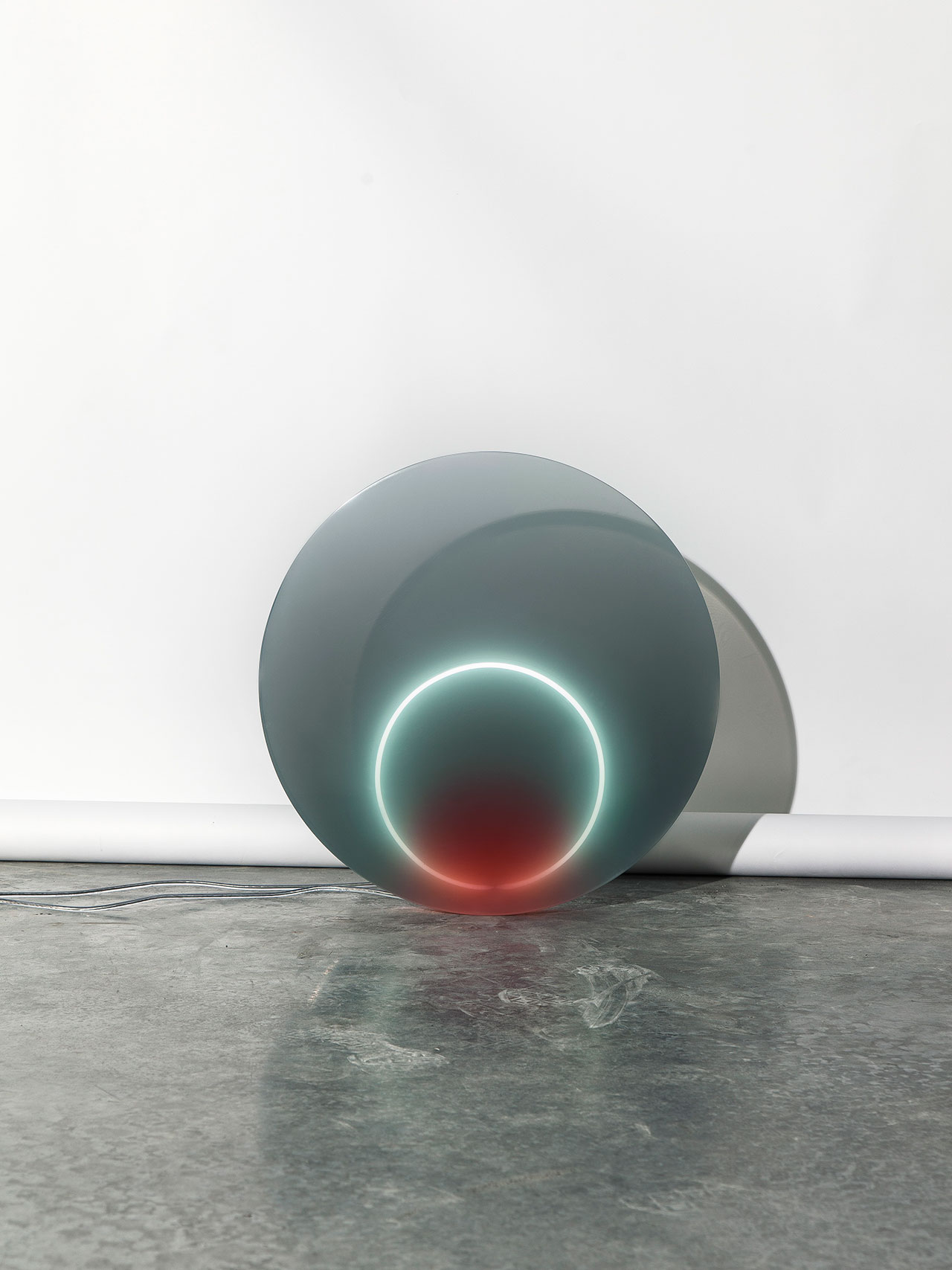
Dawn light series by Sabine Marcelis. Neon light embedded in resin. Photo courtesy Design Days Dubai and Victor Hunt Gallery.

The massive Corian mural with inlaid brass elements at the booth of Naqsh Collective at Design Days Dubai 2016. Photo by Kiriakos Spirou for Yatzer.com.
Dubai Photo
Another part of the Dubai Art Week series of events was the Dubai Photo Exhibition photography fair, which was organised by the Hamdan bin Mohammed bin Rashid Al Maktoum International Photography Award (HIPA) and took place in a temporary, purpose-built museum at Dubai Design District (d3). The fair was comprised of 18 smaller exhibitions divided by the participating photographers’ country of origin, and were organised by that many curators under the general direction of head curator Zelda Cheatle. With over 700 photographs on display, the Dubai Photo Exhibition aimed to bring together a variety of photographic styles and approaches, and to present as a comprehensive panorama of contemporary photography . The exhibition also included photos from the Crown Prince’s personal collection, particularly images taken in the Emirates in the 1950’s, 60’s and 70’s; photos that have never been unveiled in public before, offering a rare glimpse into the decades before the country’s unification in 1971.
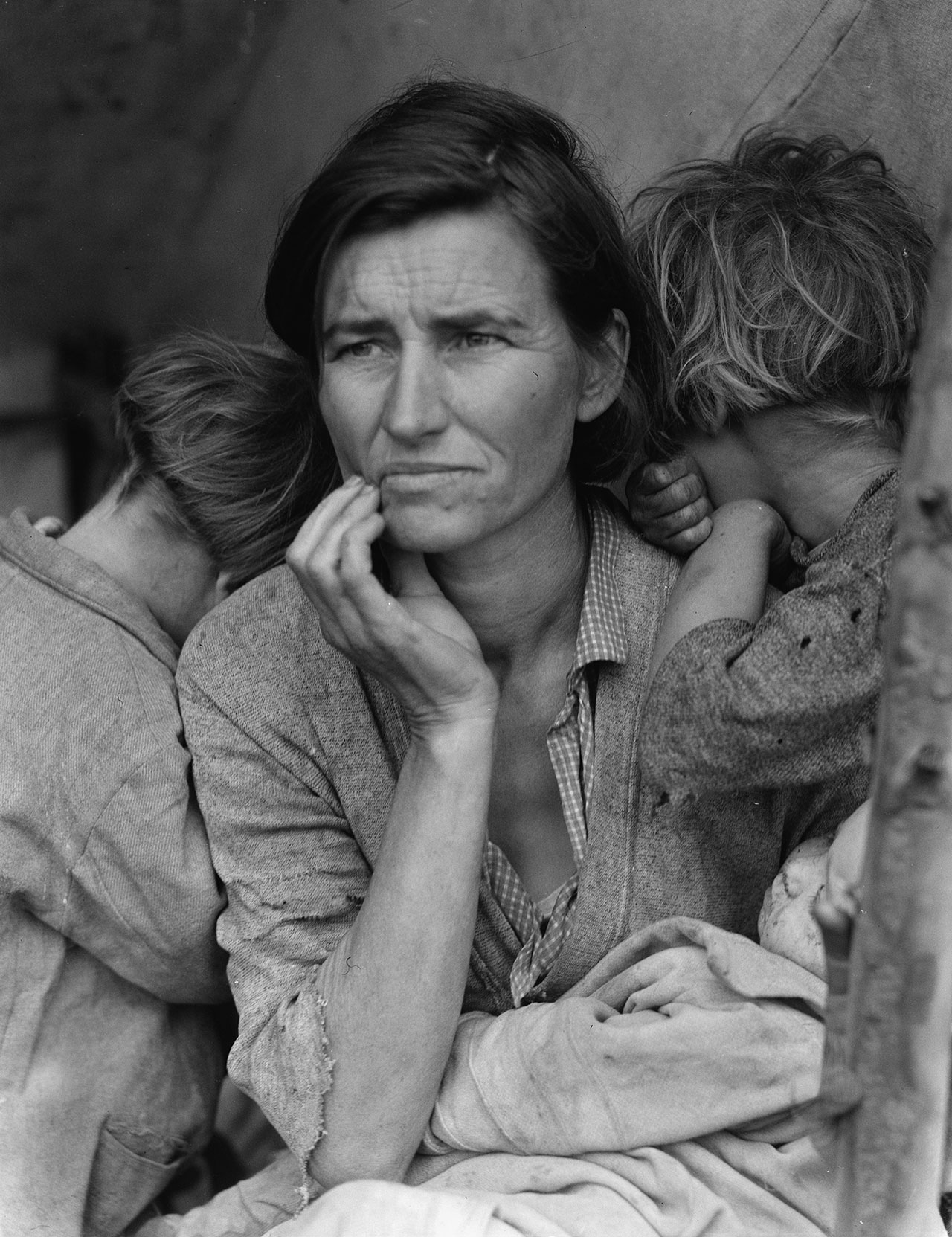
Dorothea Lange, Destitute pea pickers in California. Mother of seven children. Age thirty-two. Nipomo, California, 1936.
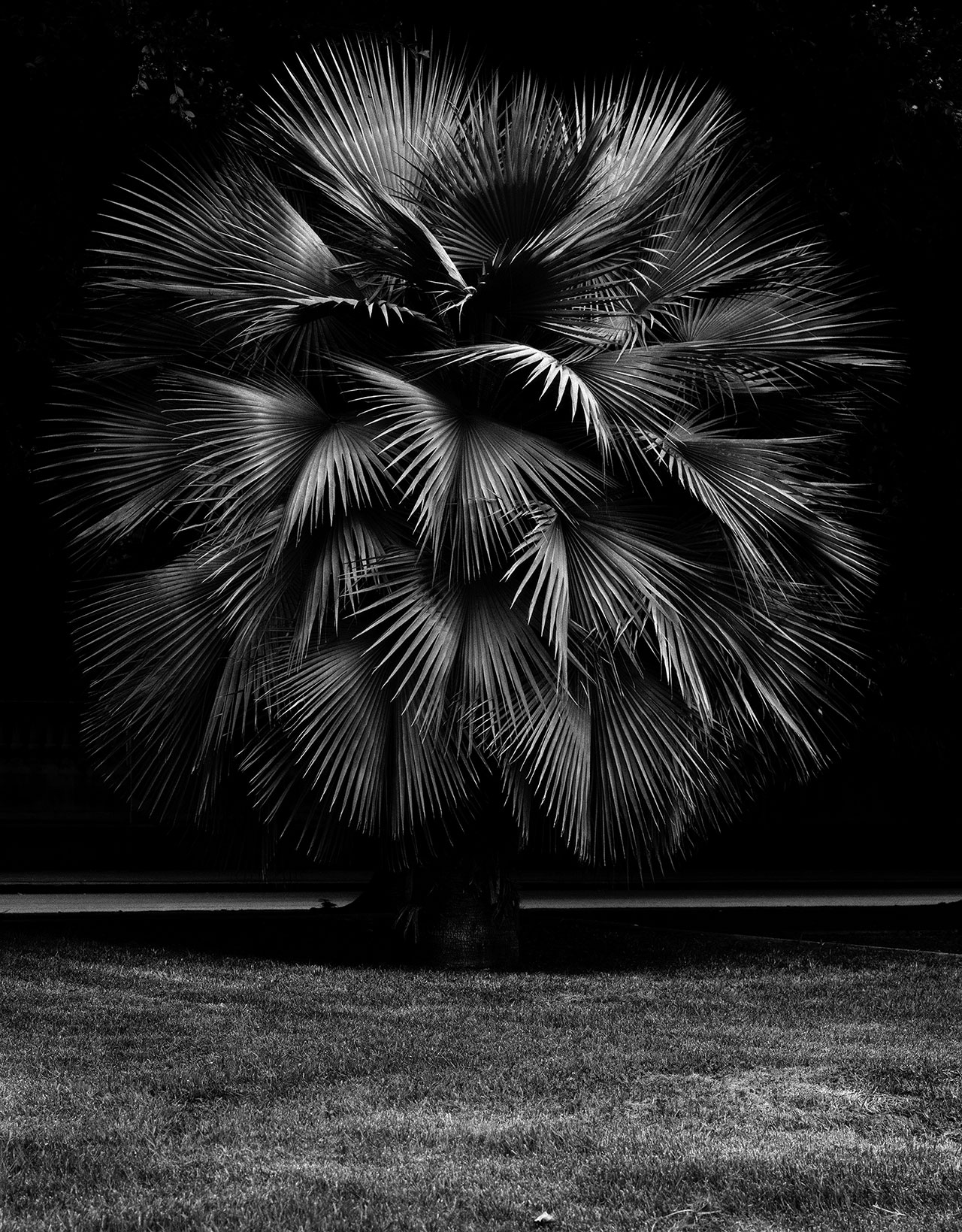
Geert Goiris, Trope, 2013. Courtesy Gallery Art: Concept, Paris & the artist.
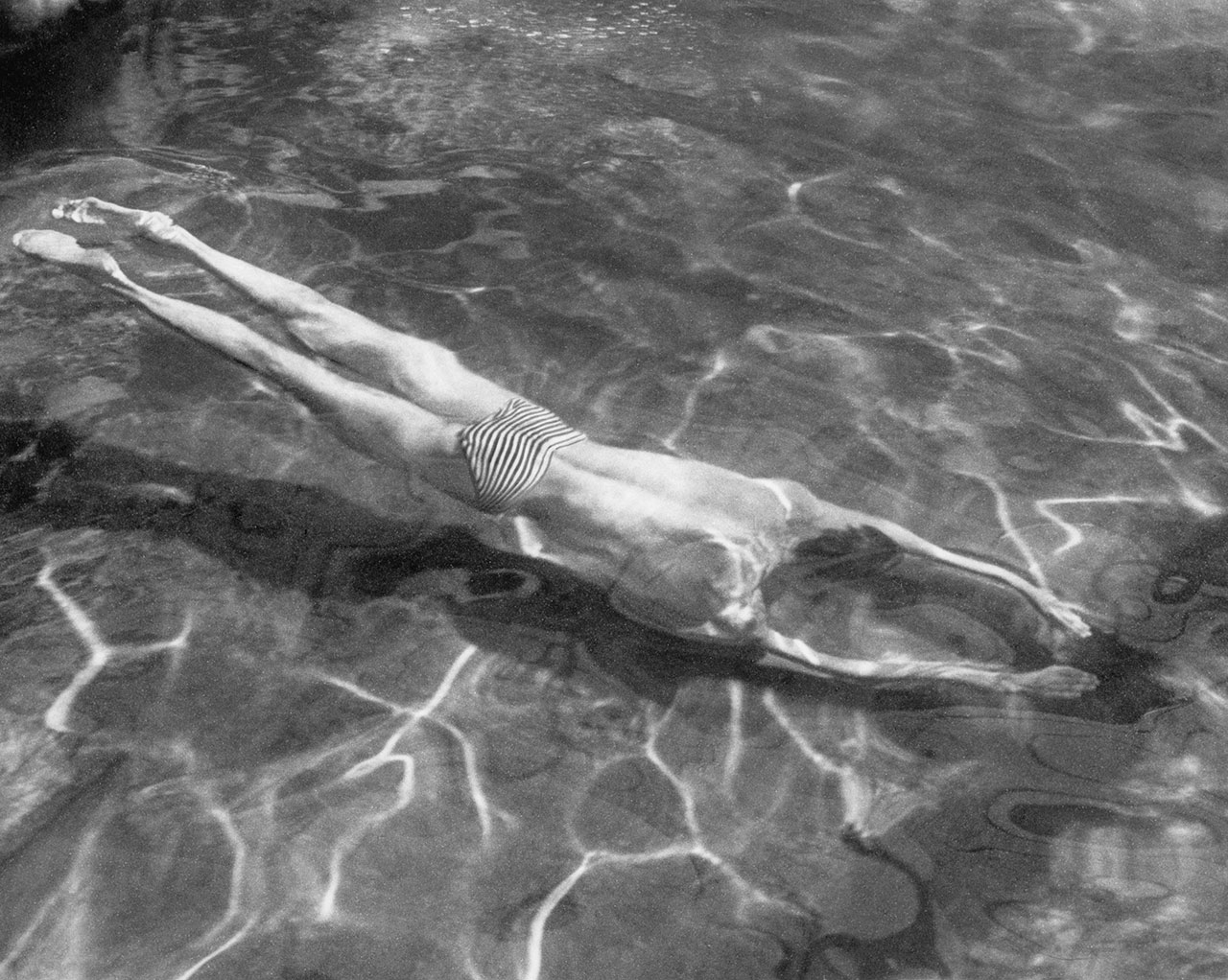
André Kertész, Underwater swimmer, 1917.
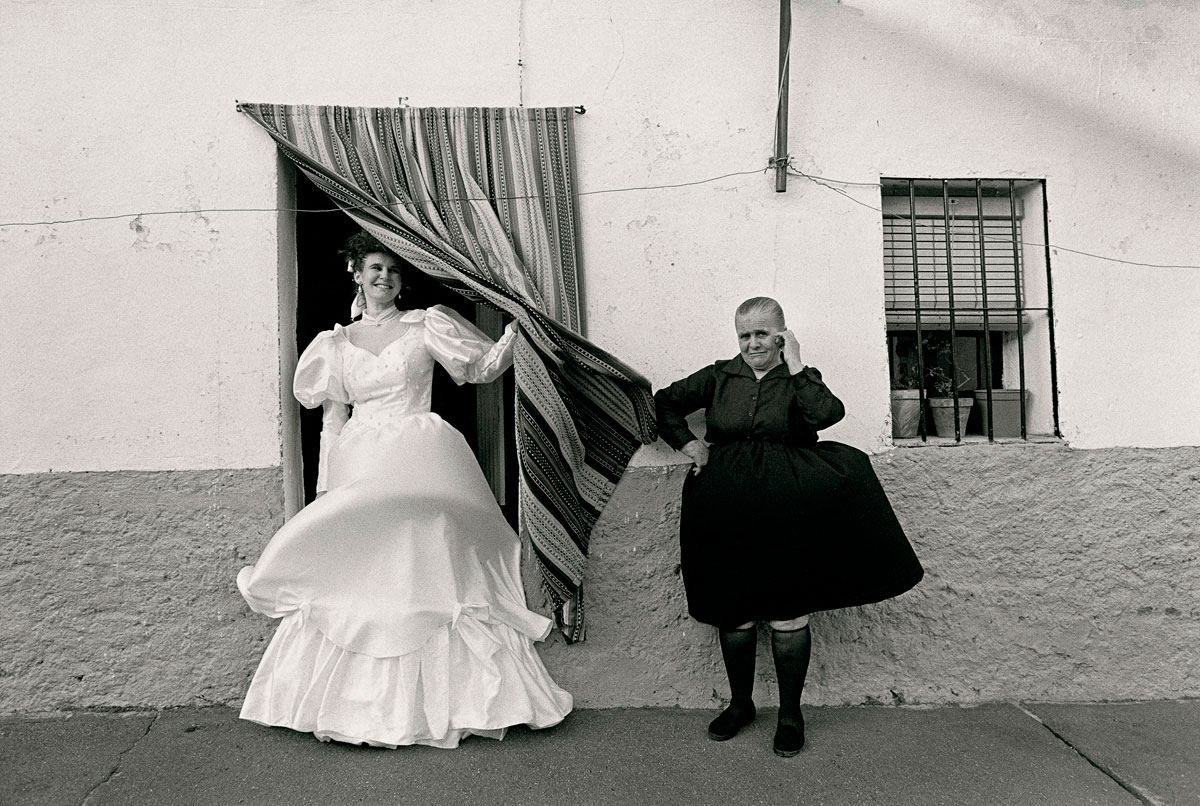
Cristina García Rodero, Loli's wedding, Morcillo, 1991 © Cristina García Rodero/Magnum Photos. Courtesy Photo Colectania, Barcelona, Spain.
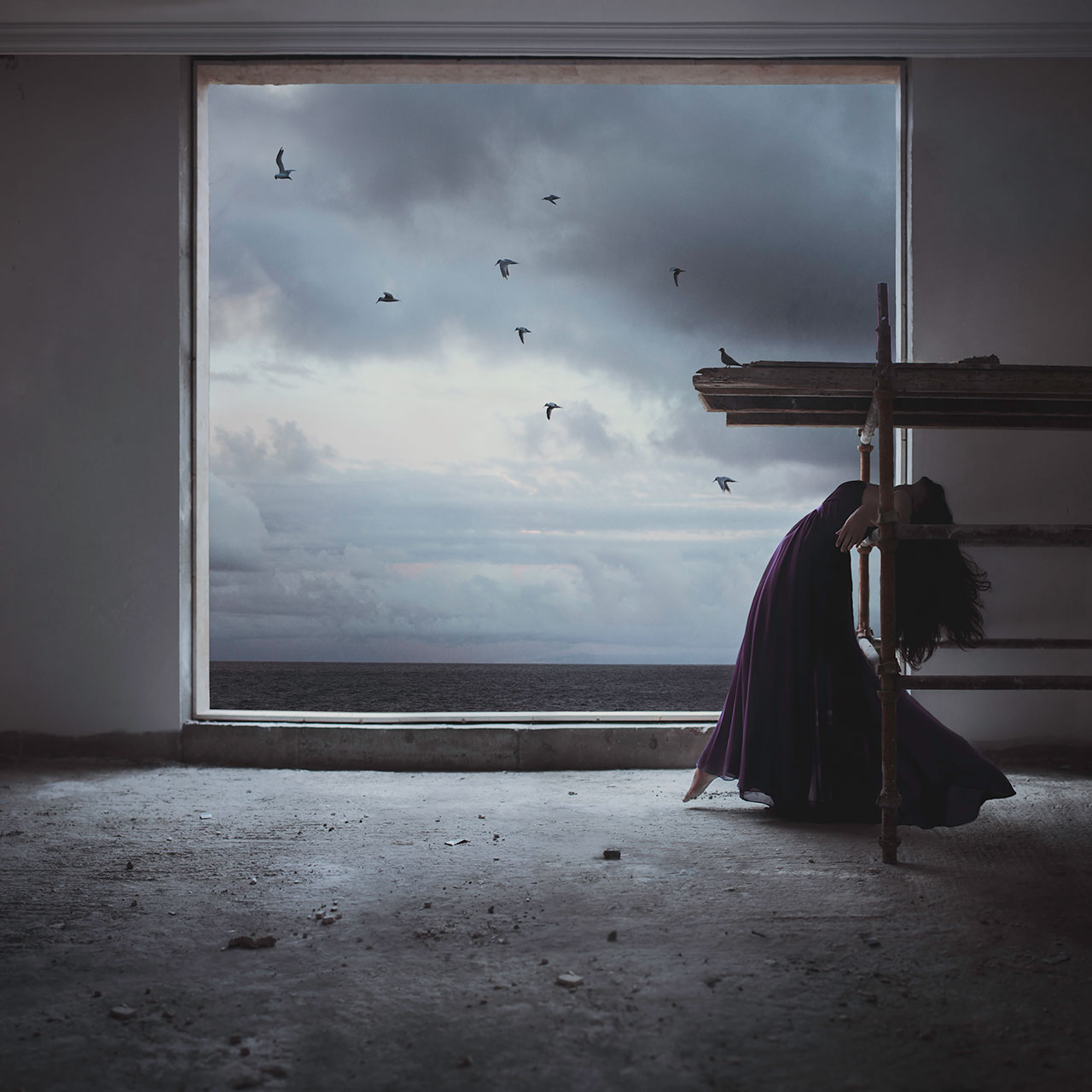
Amani Al Shaali, Blue Skies Are Calling © Amani Al Shaali.
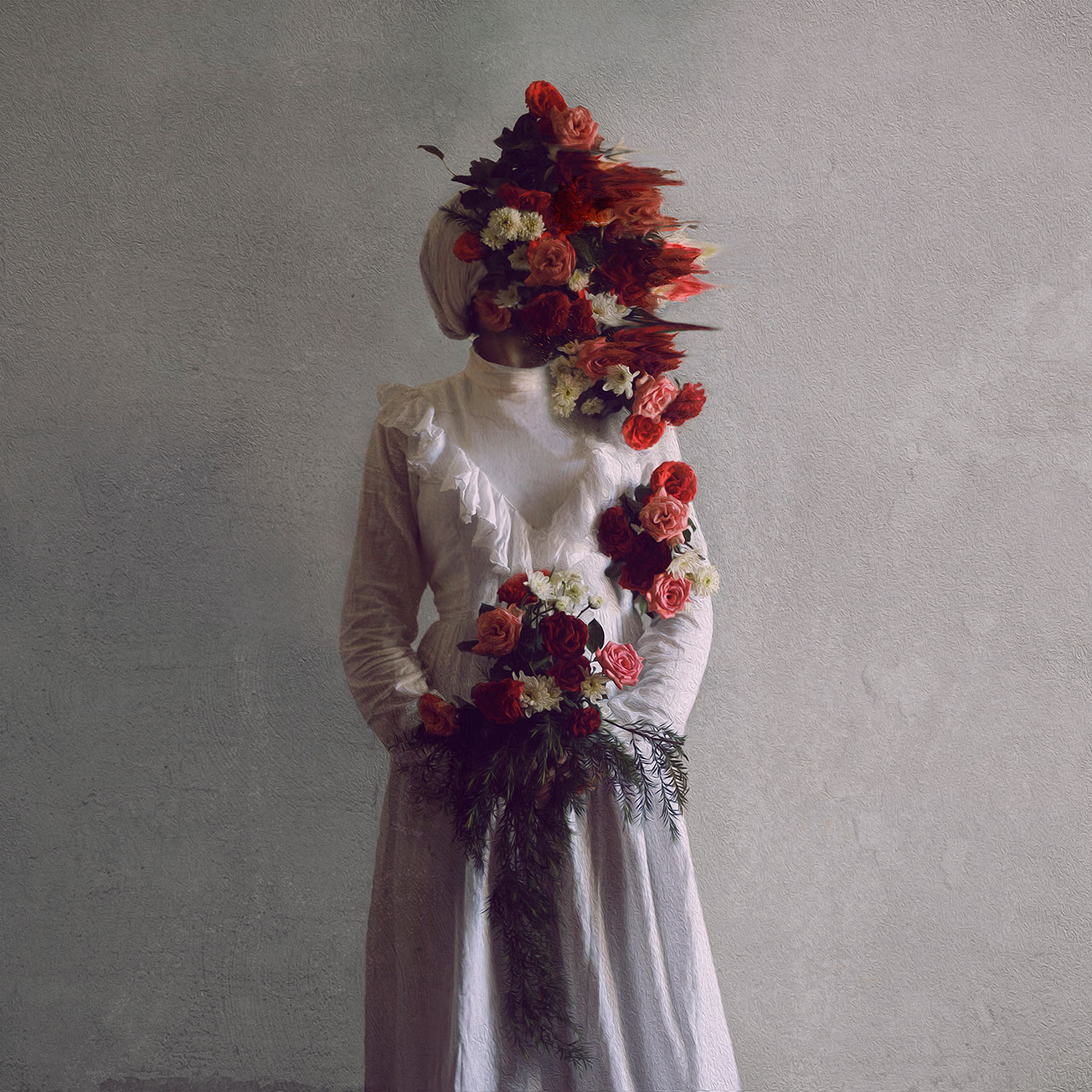
Lubna Abd El-Aziz, She - Self Portrait, 2015.















